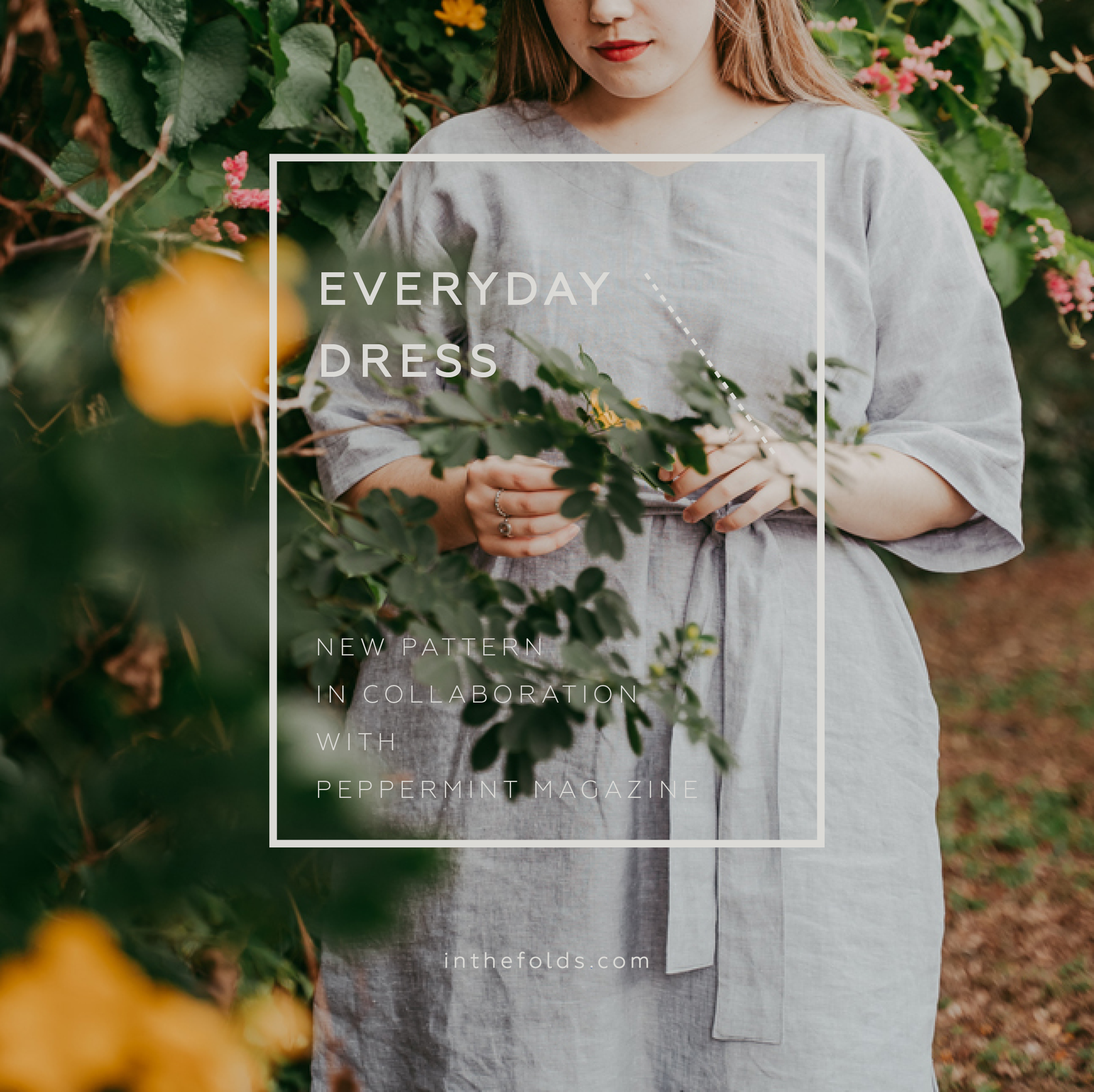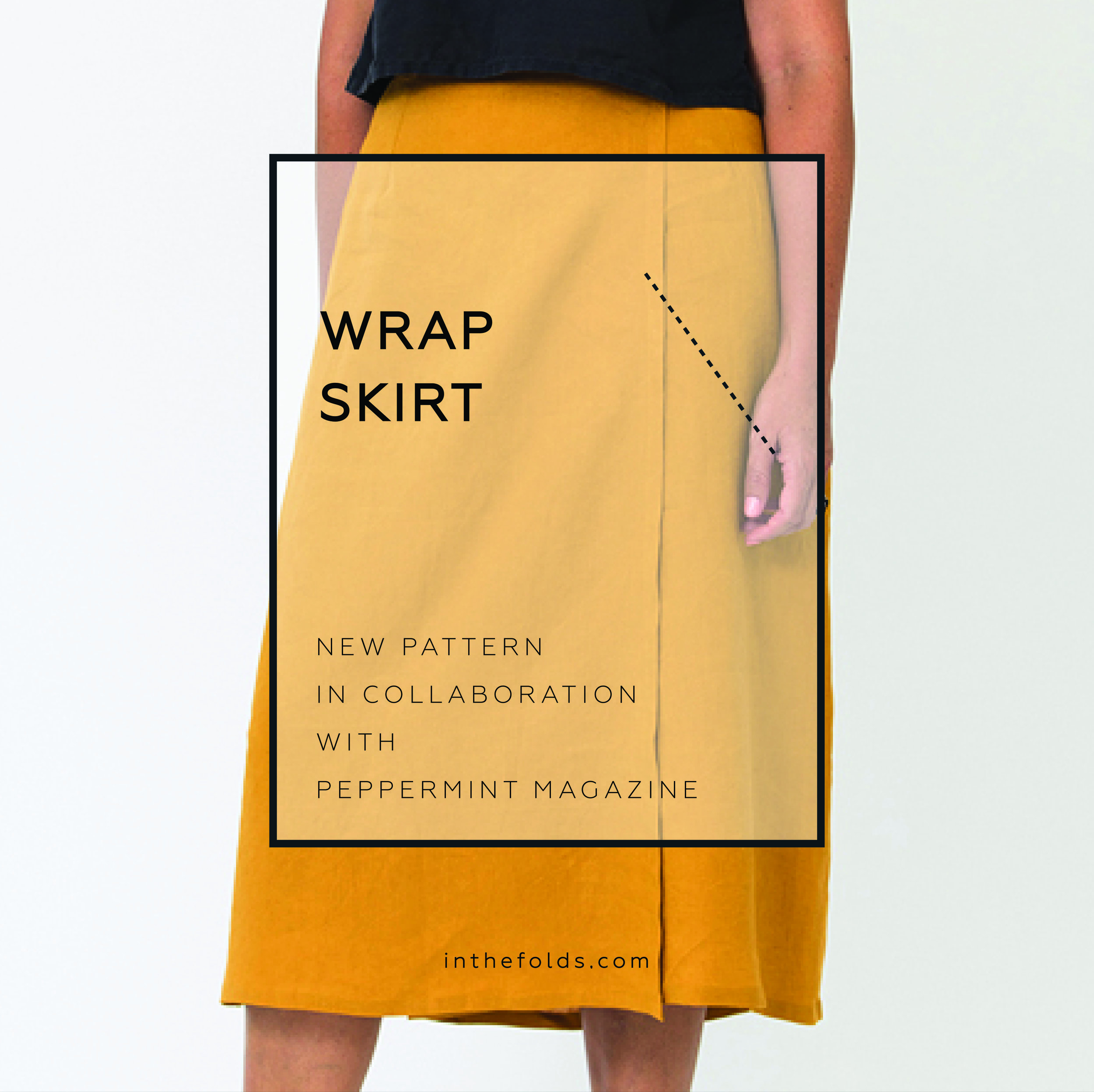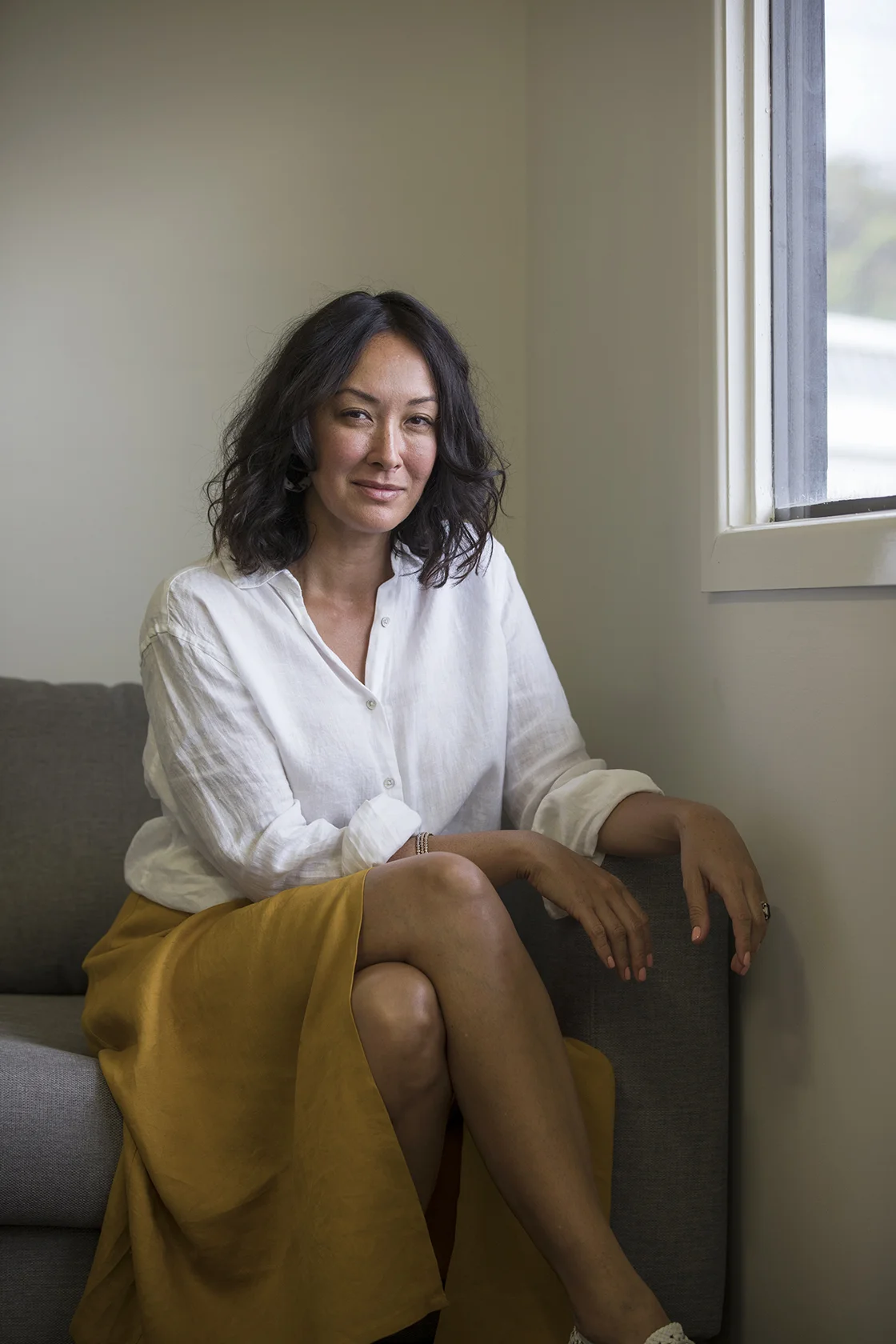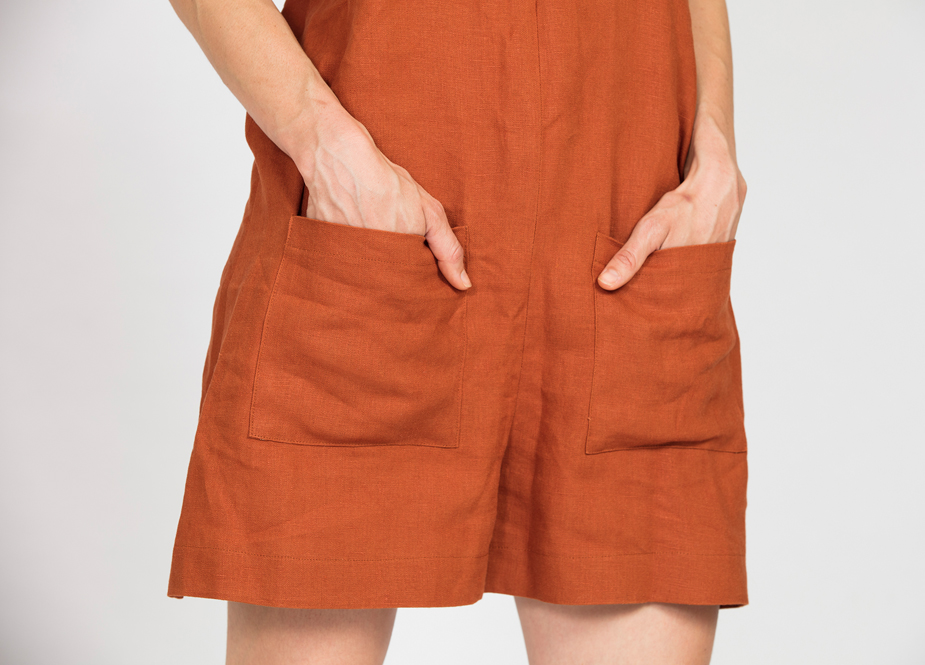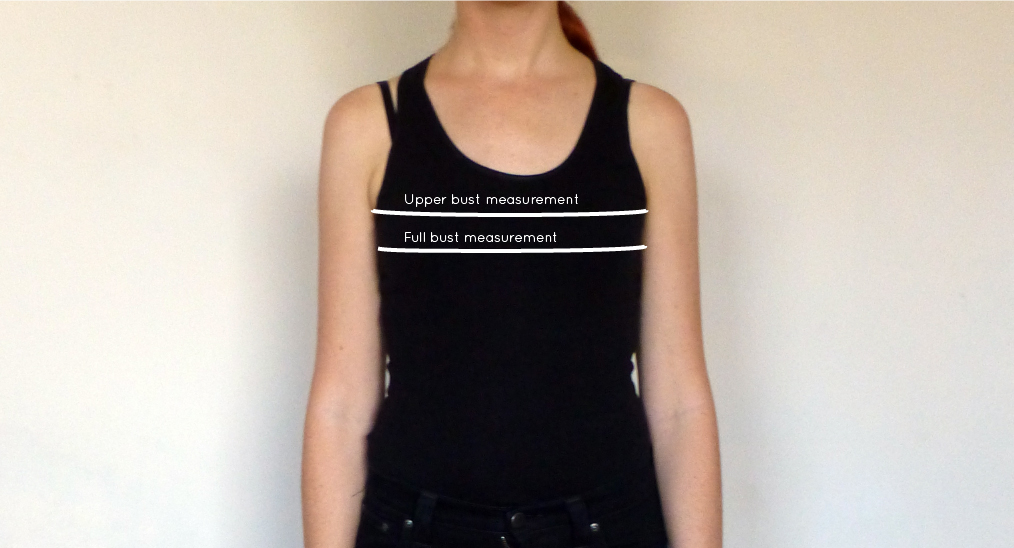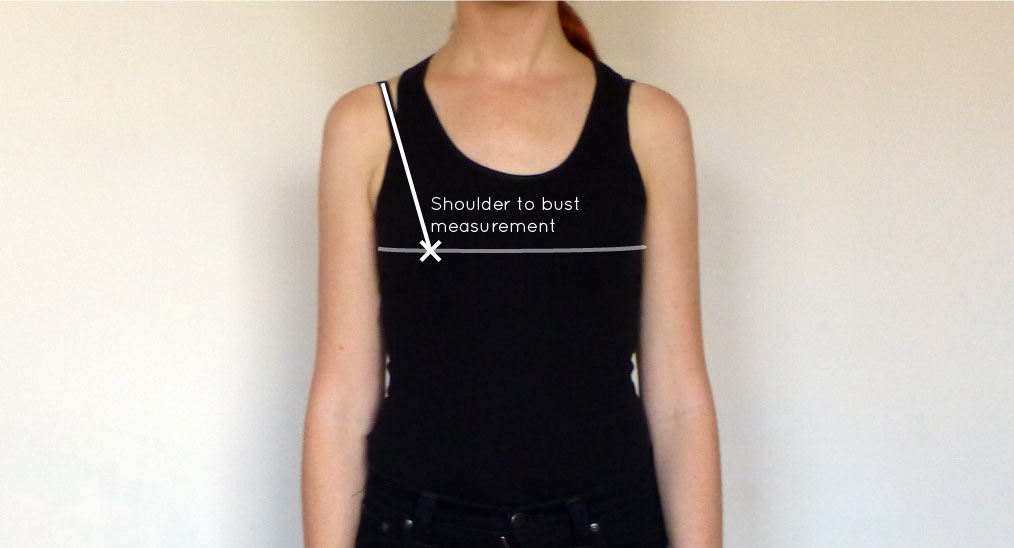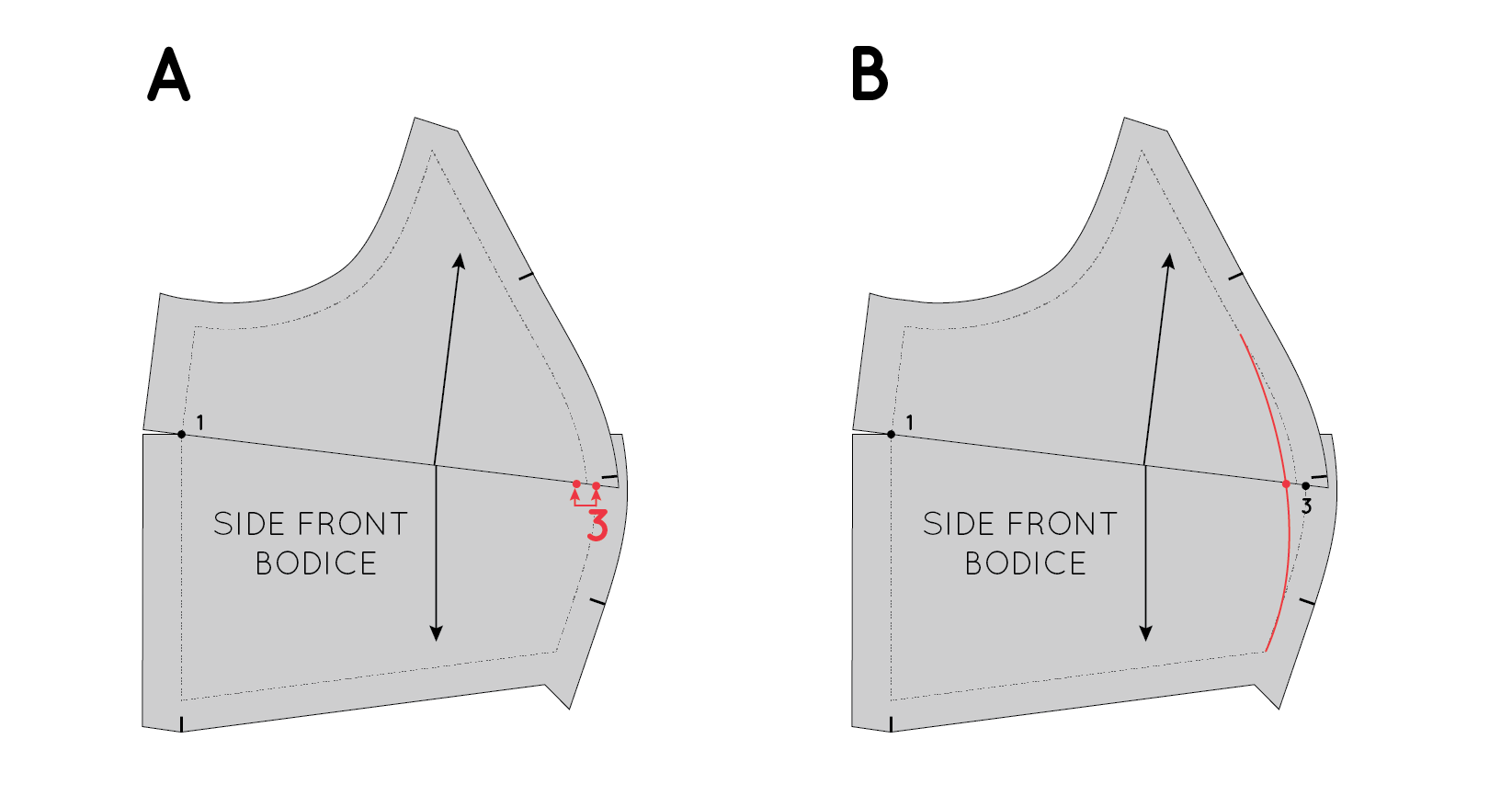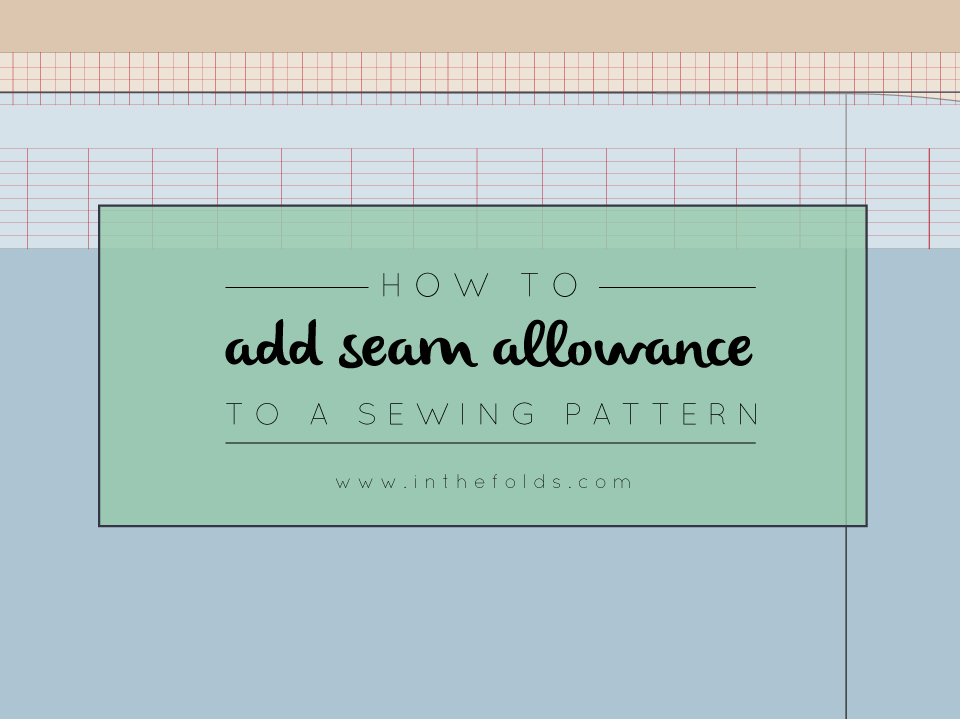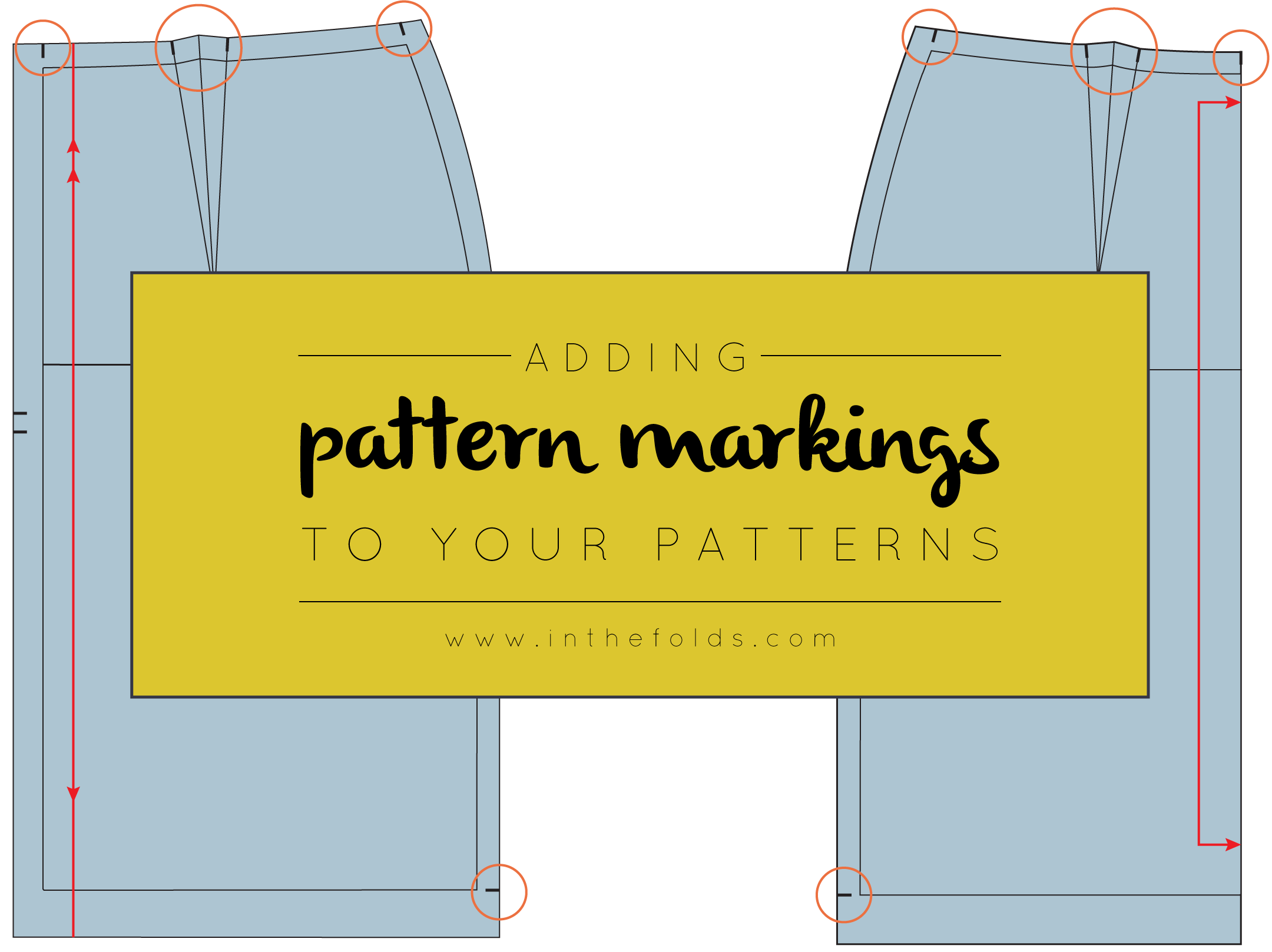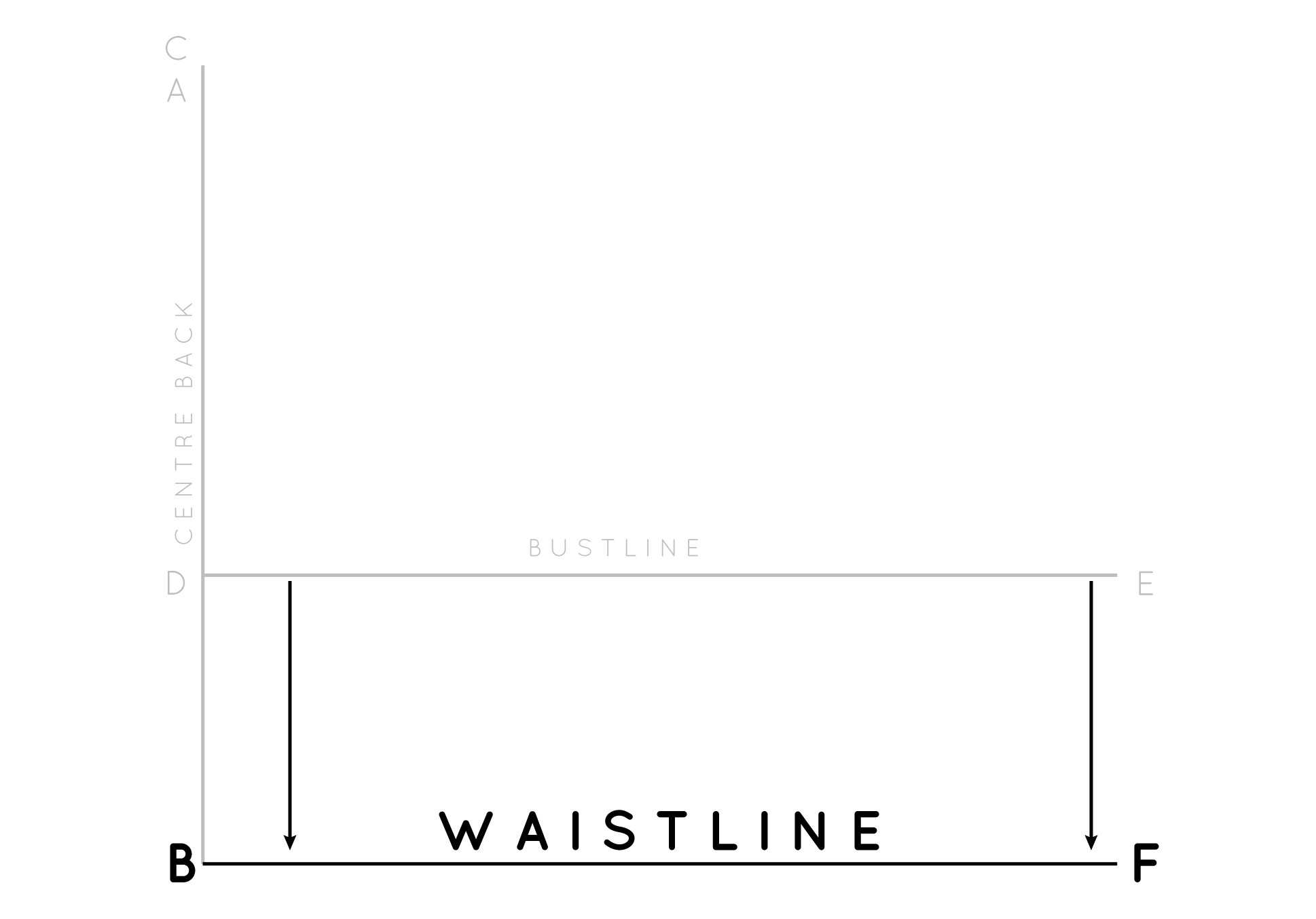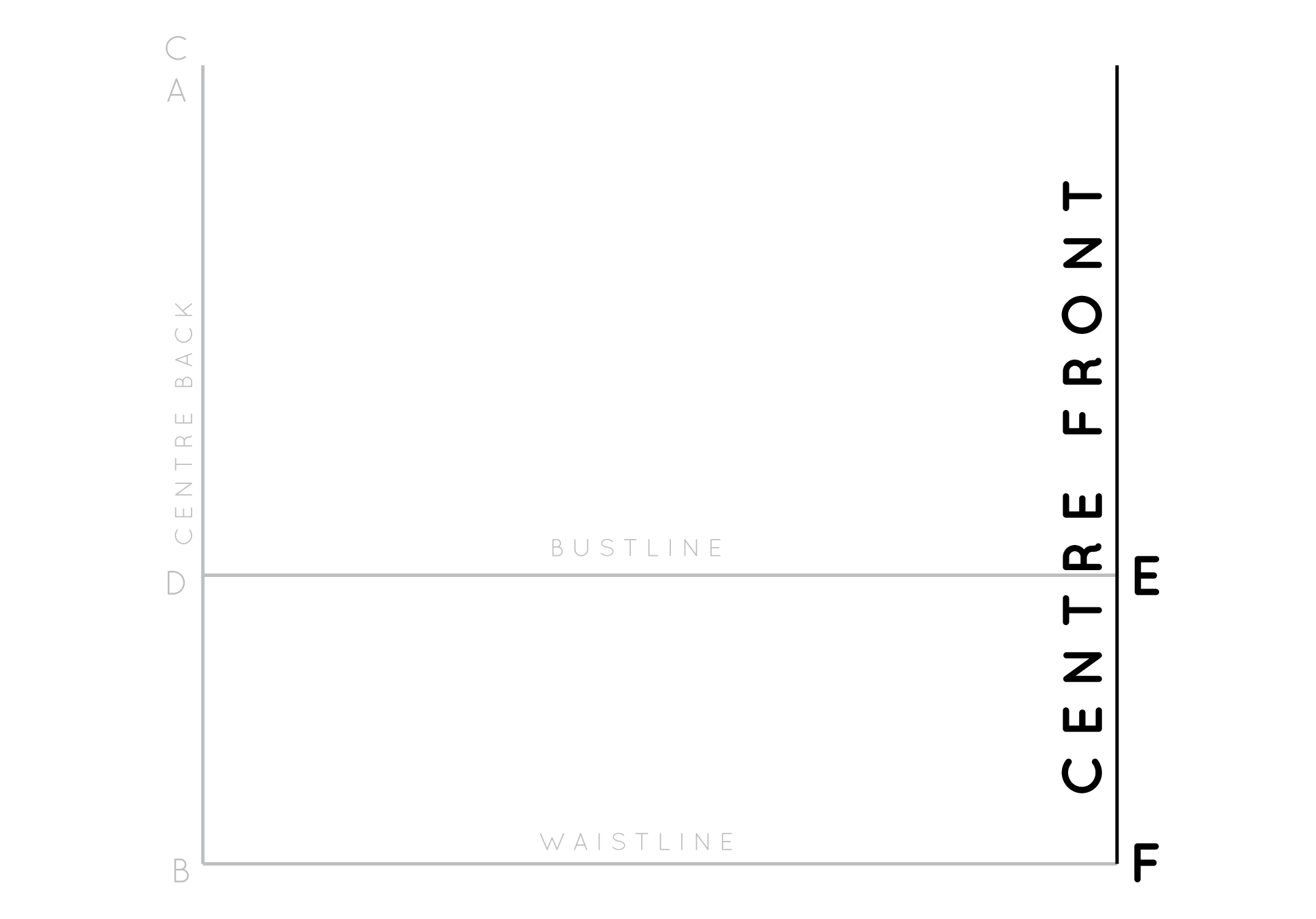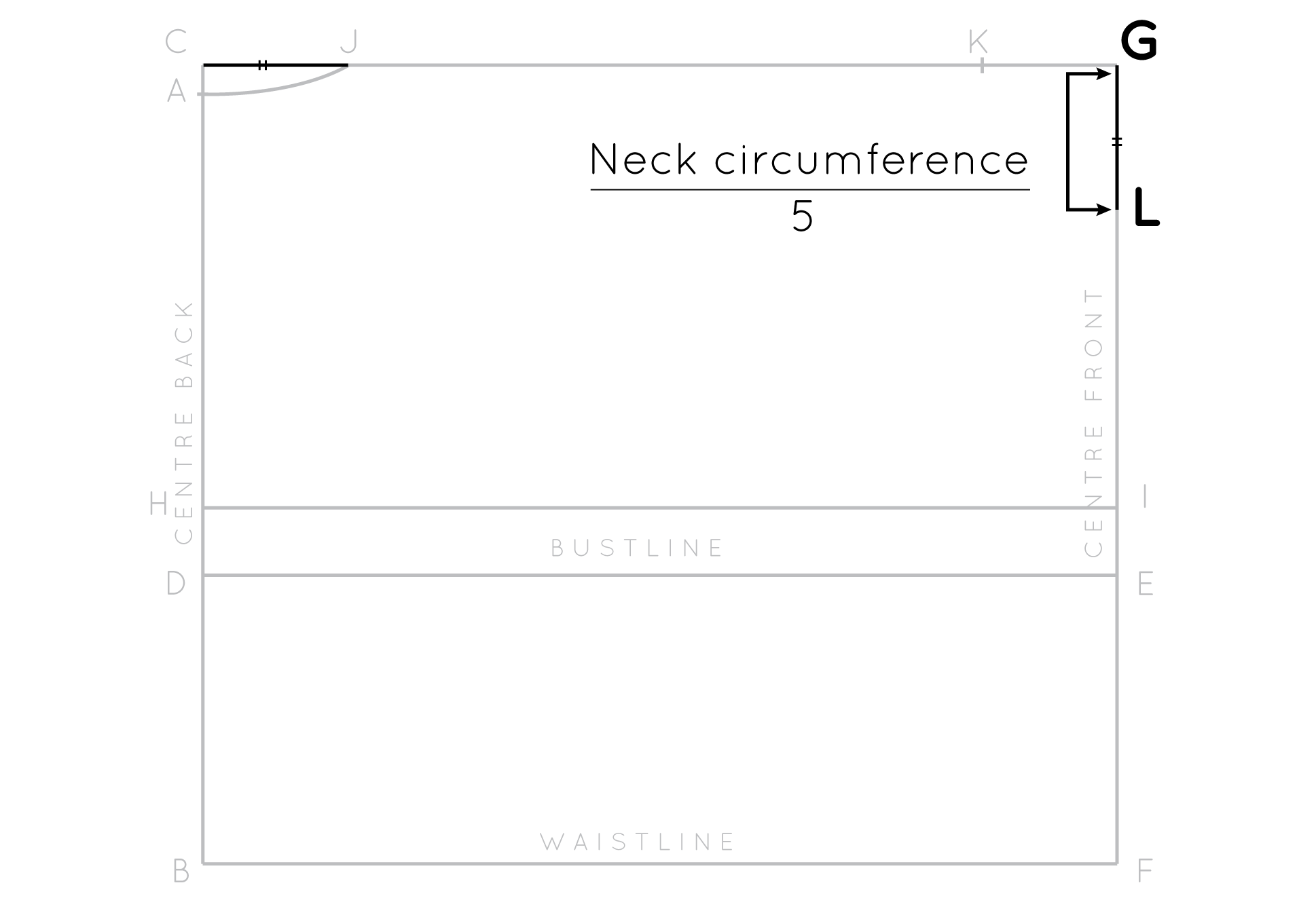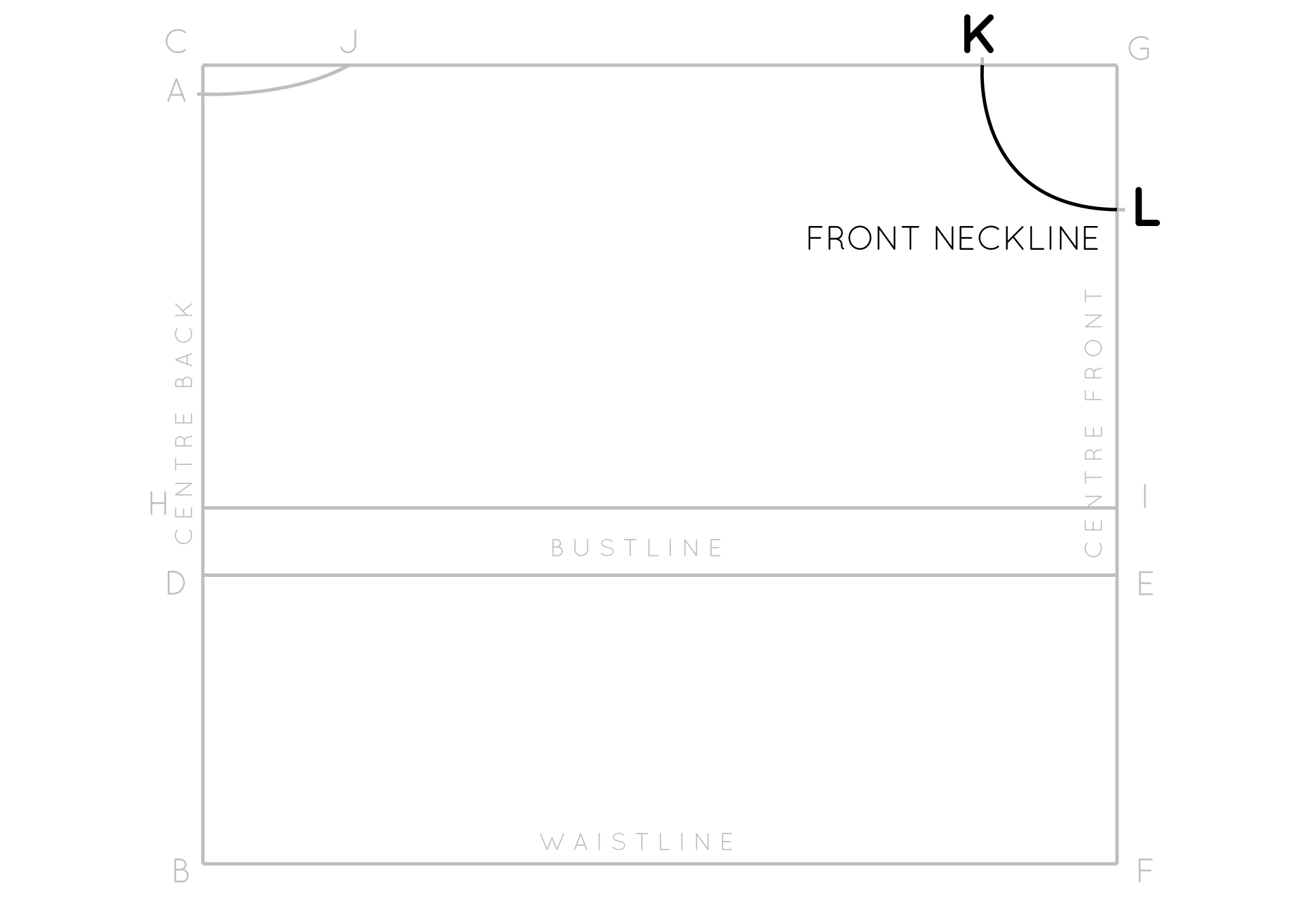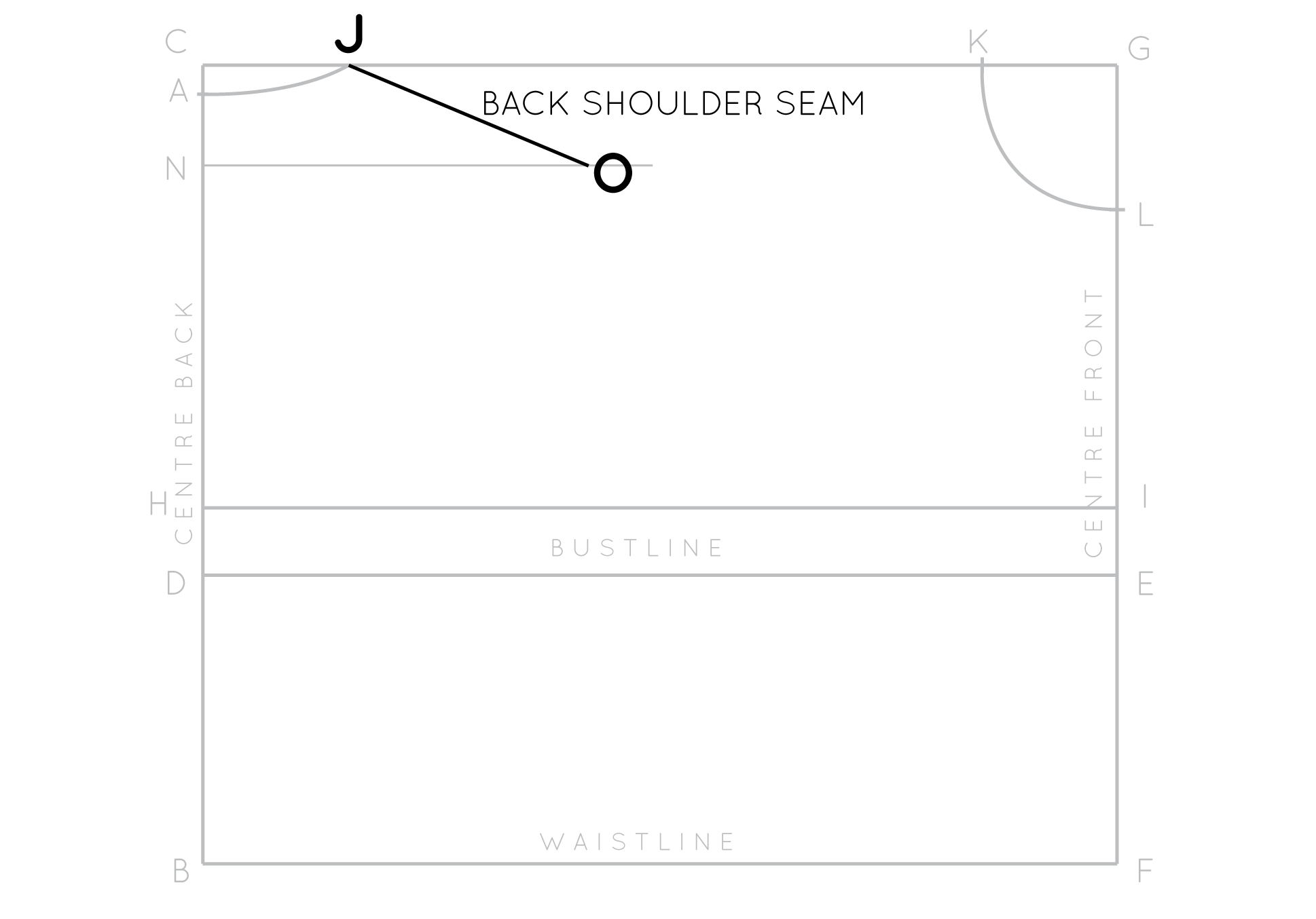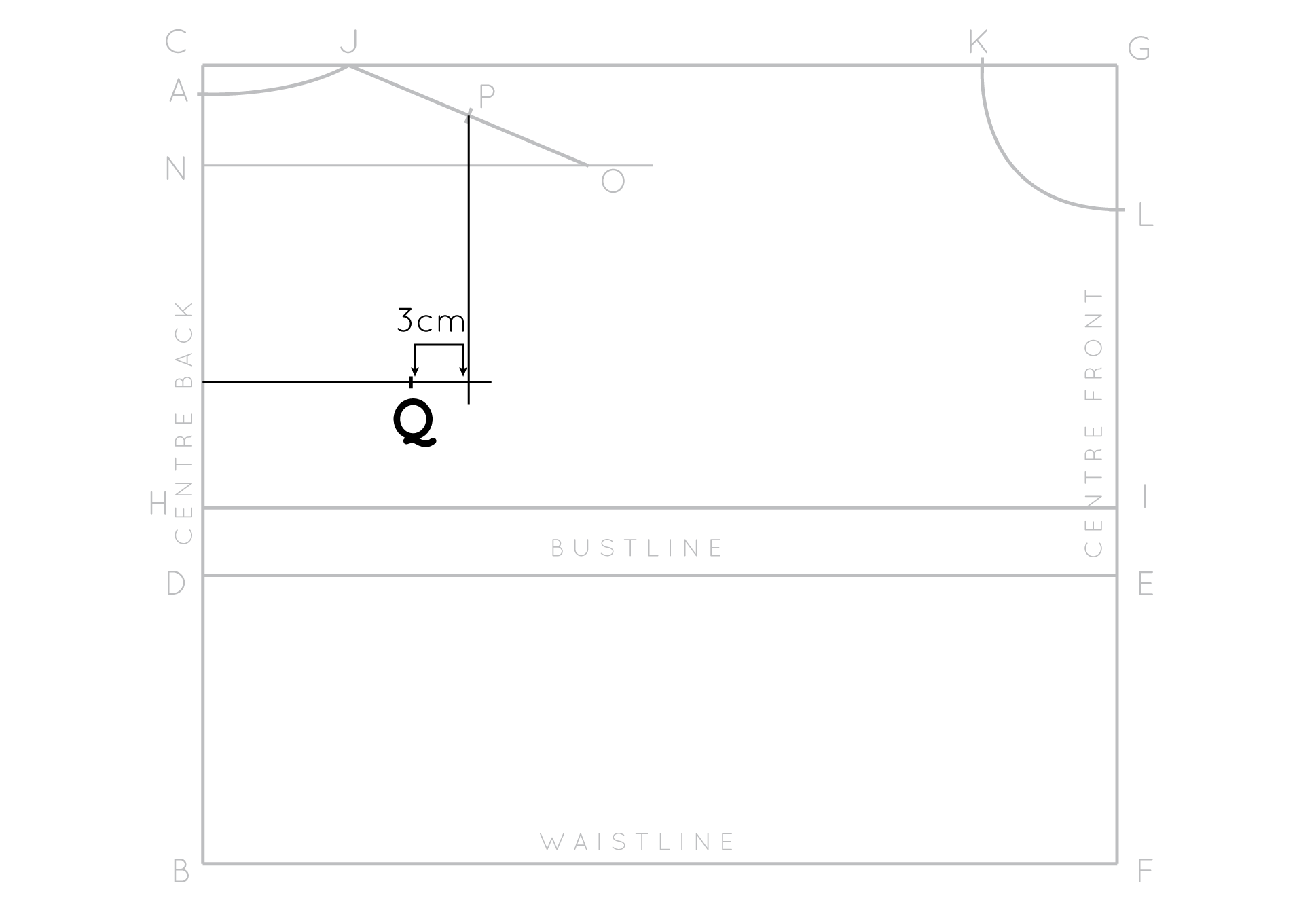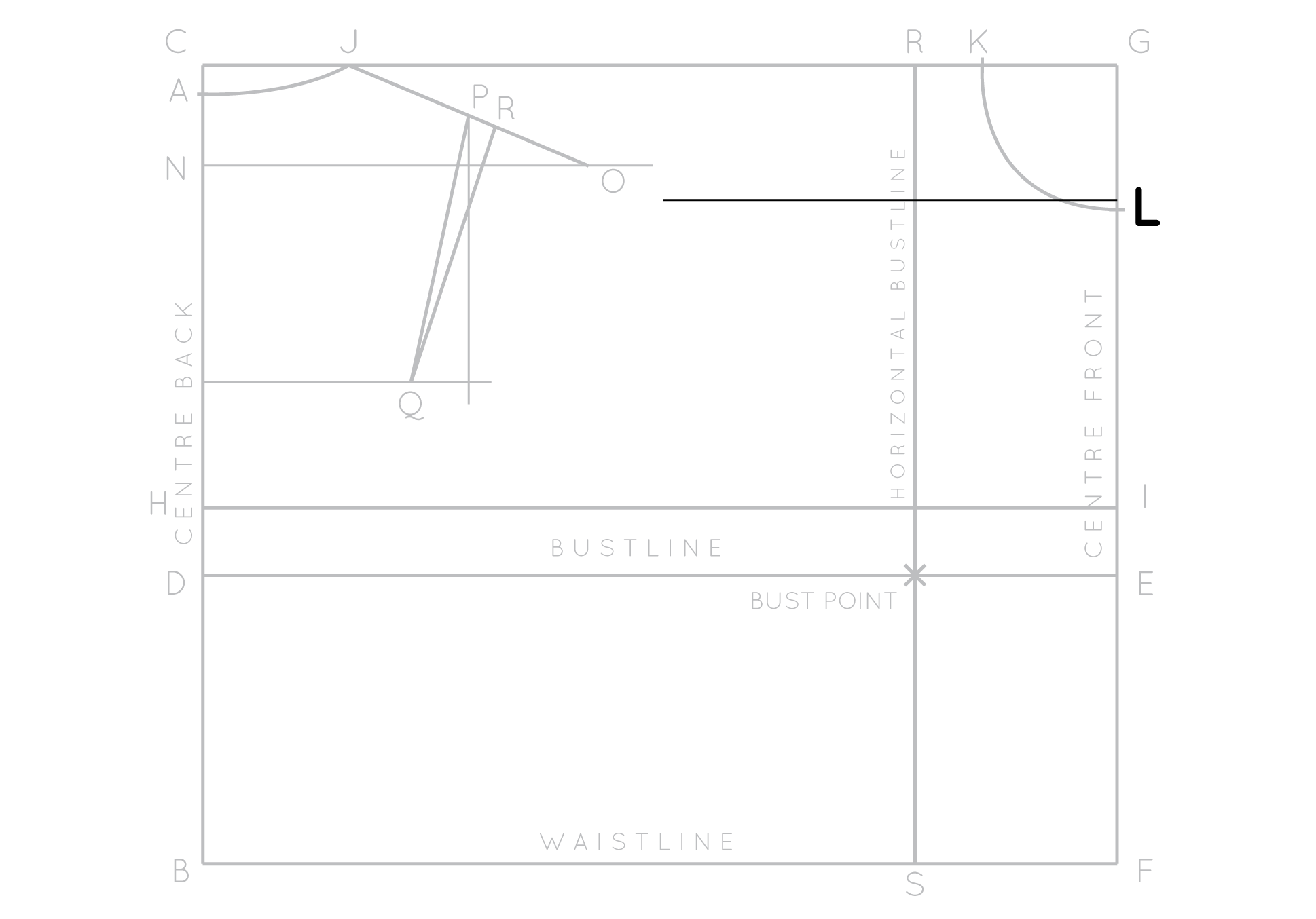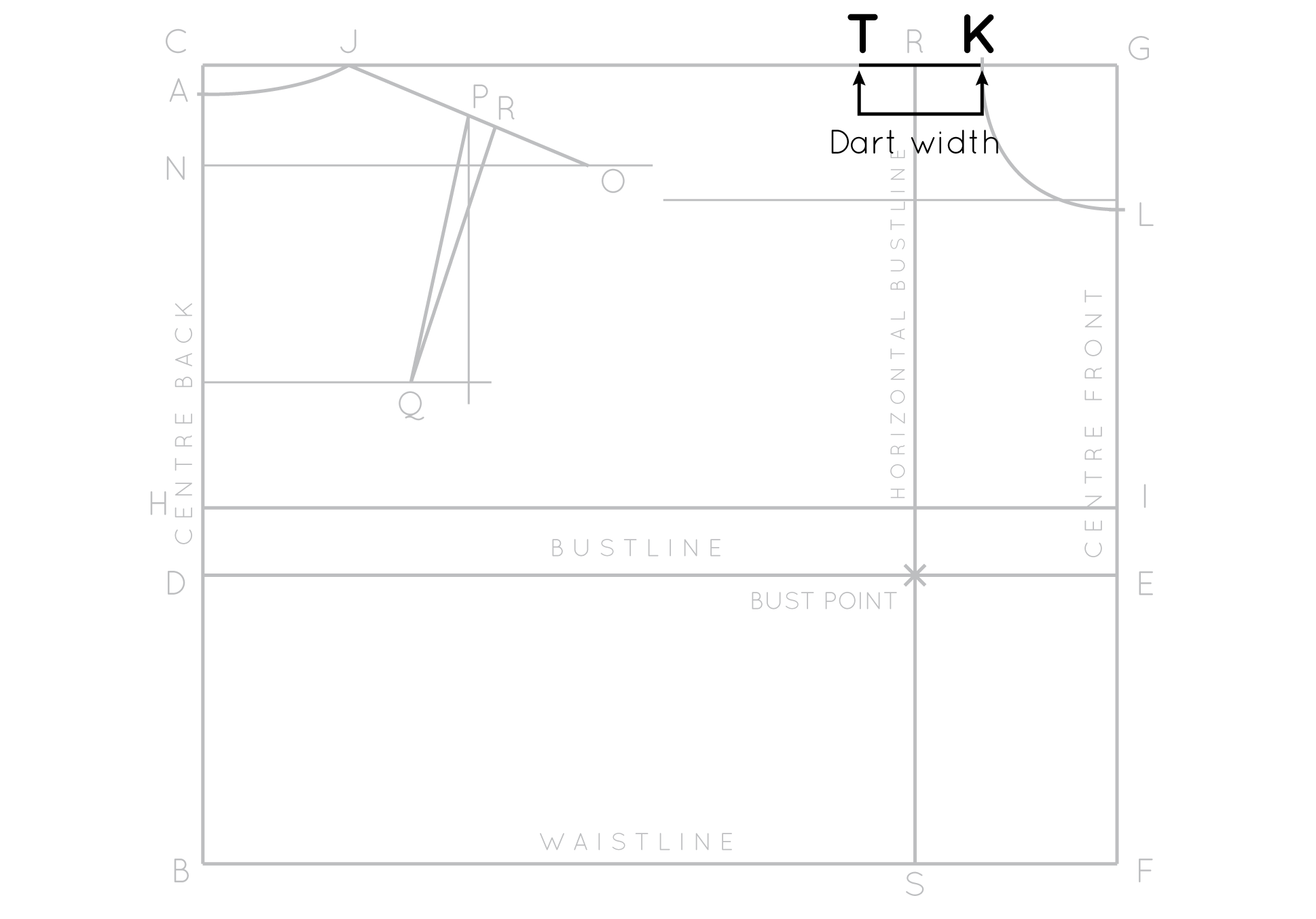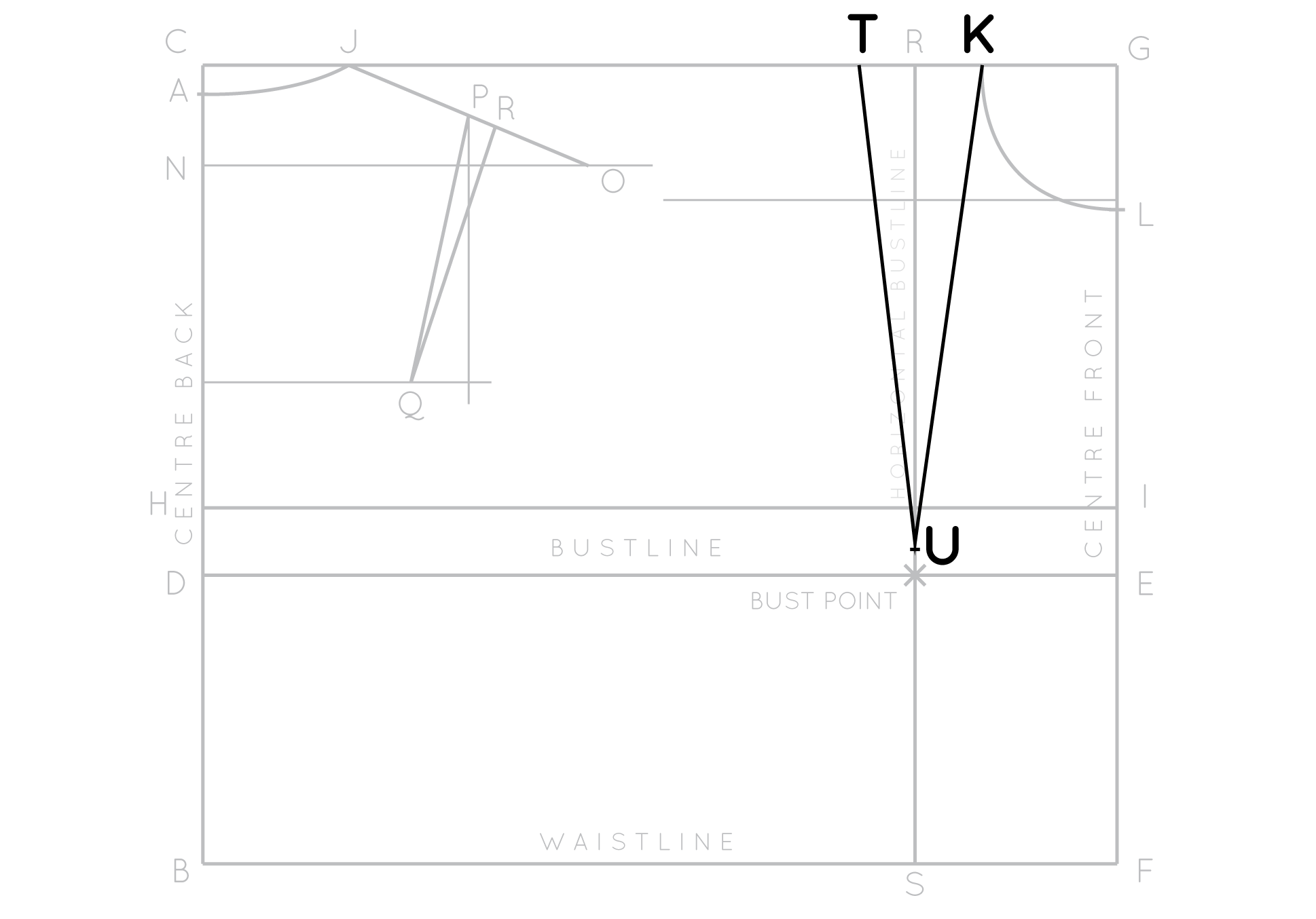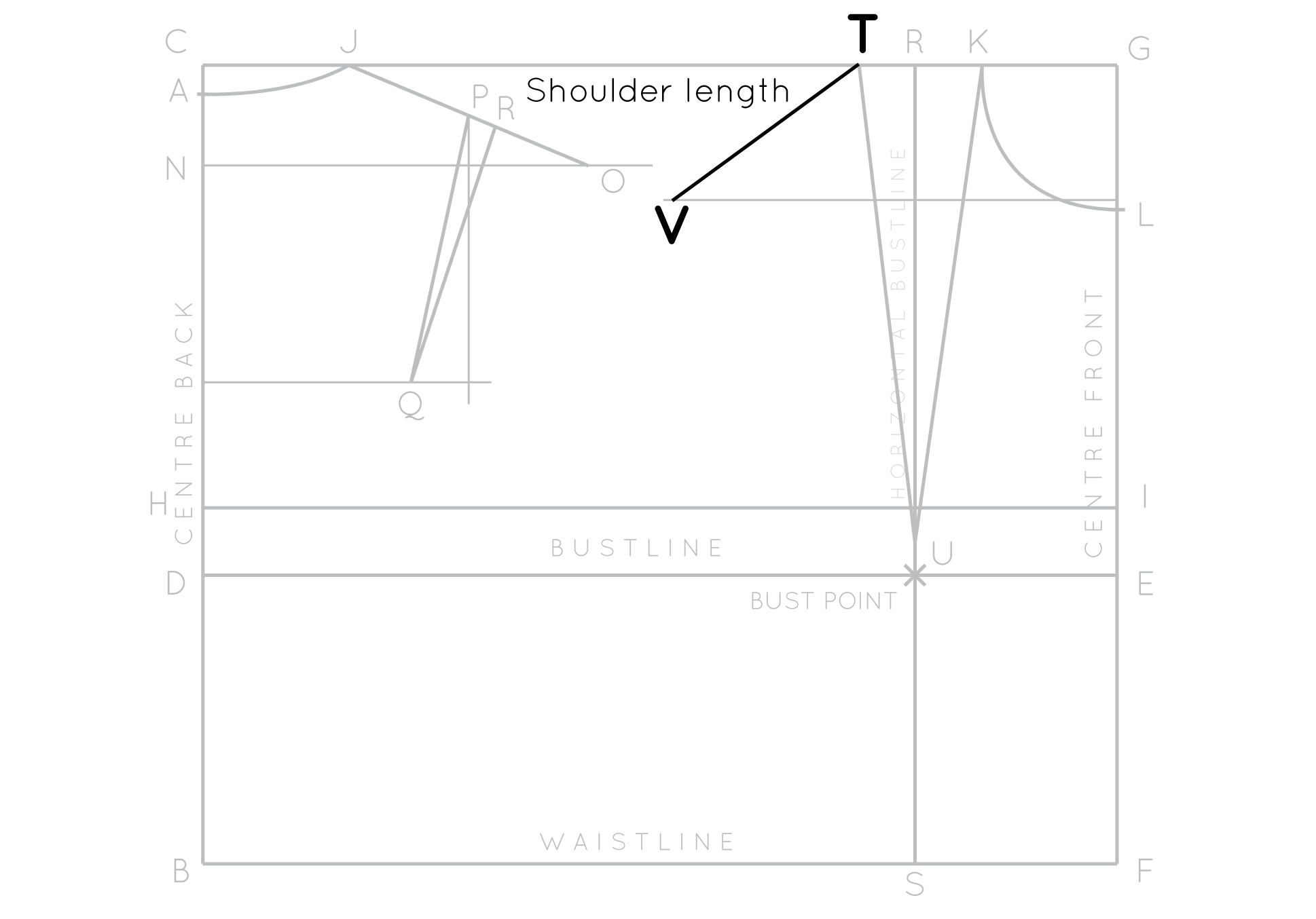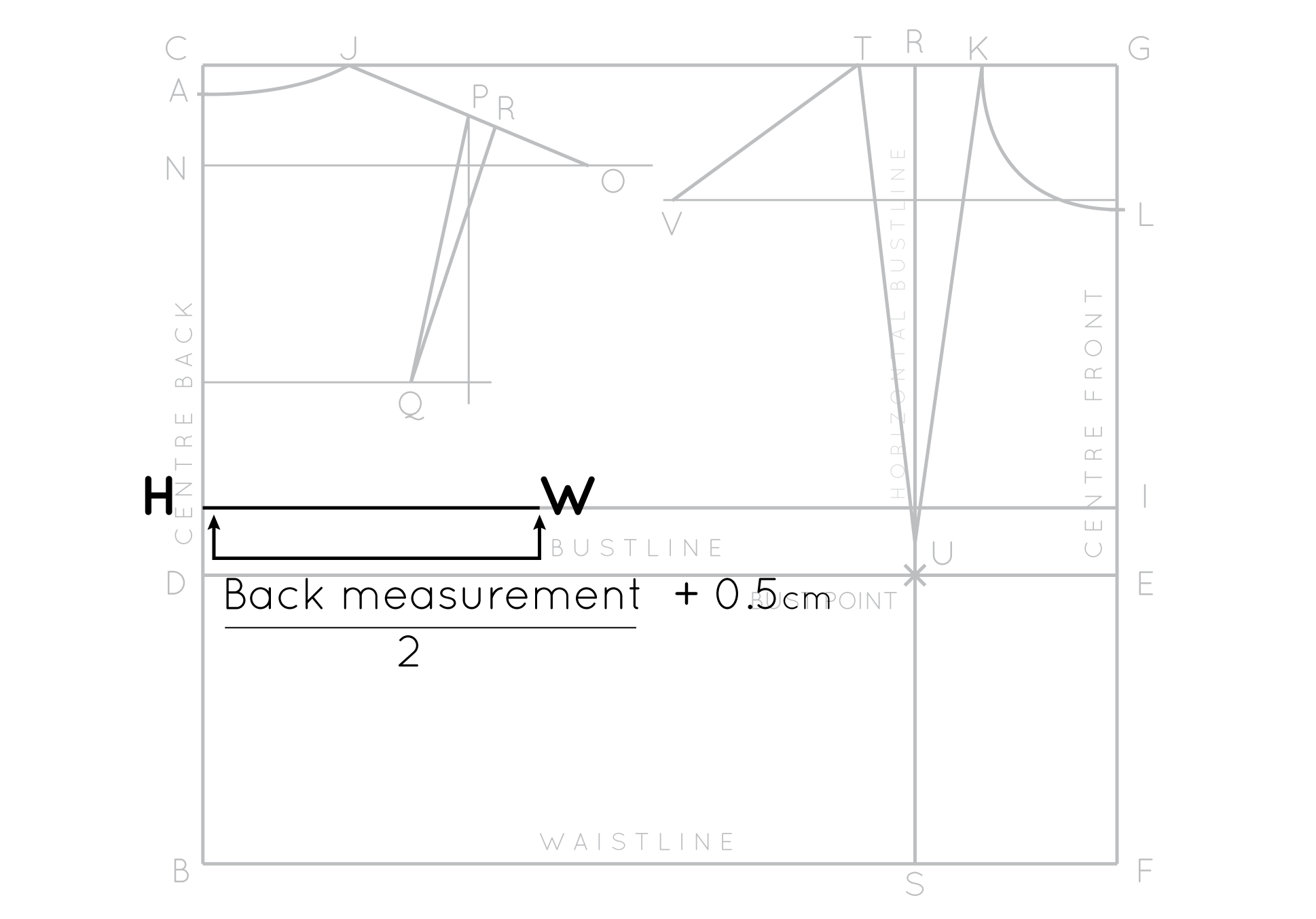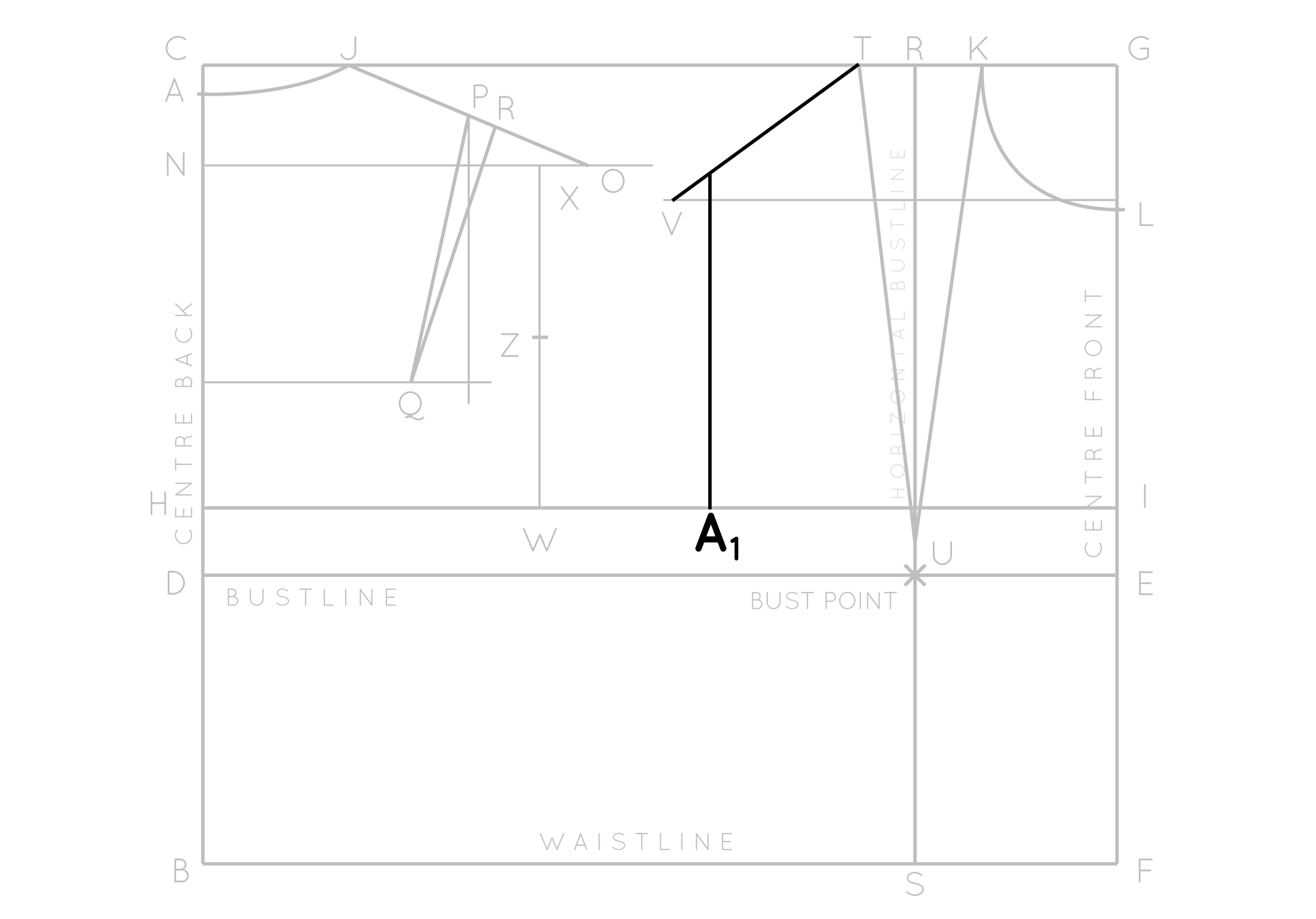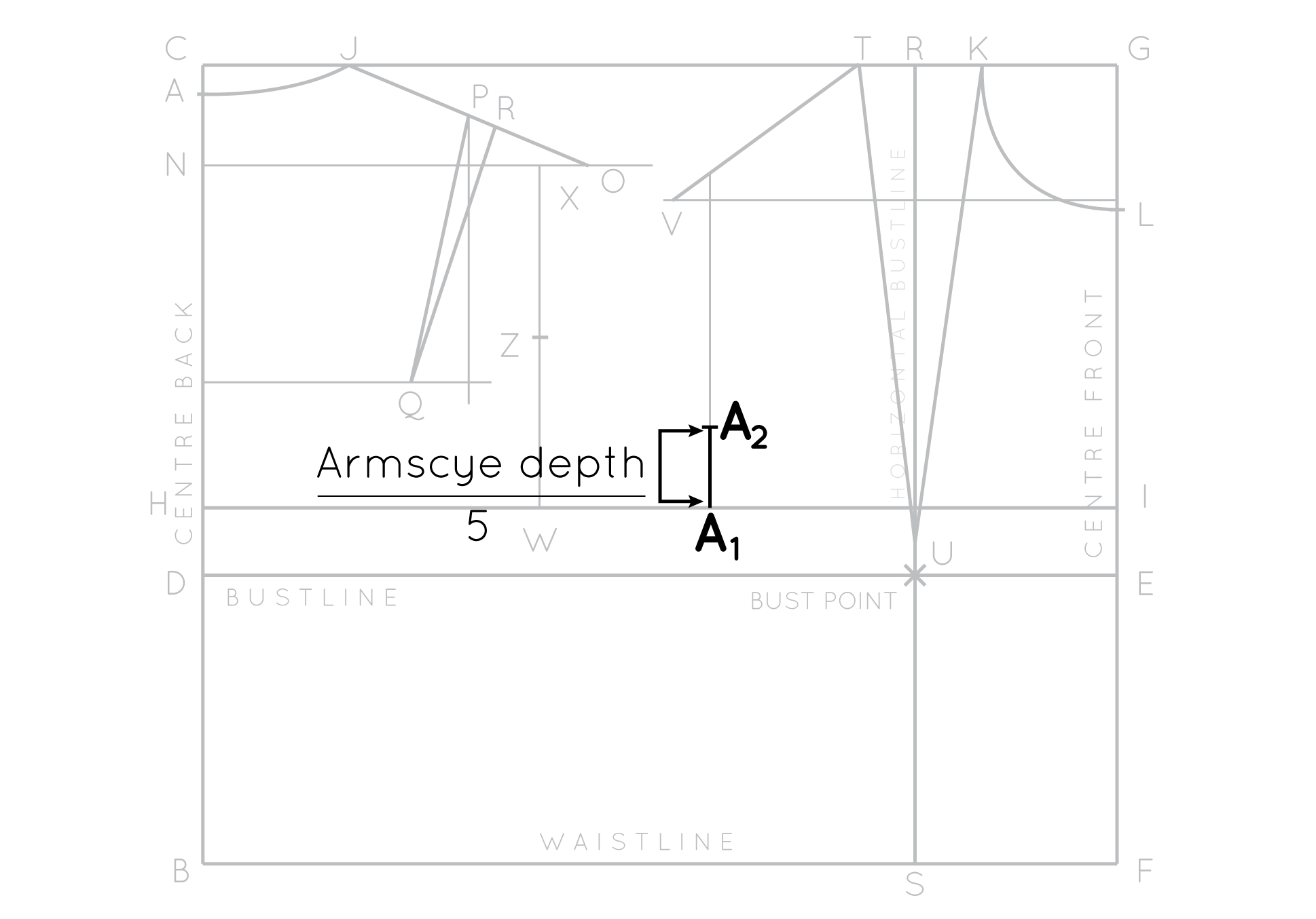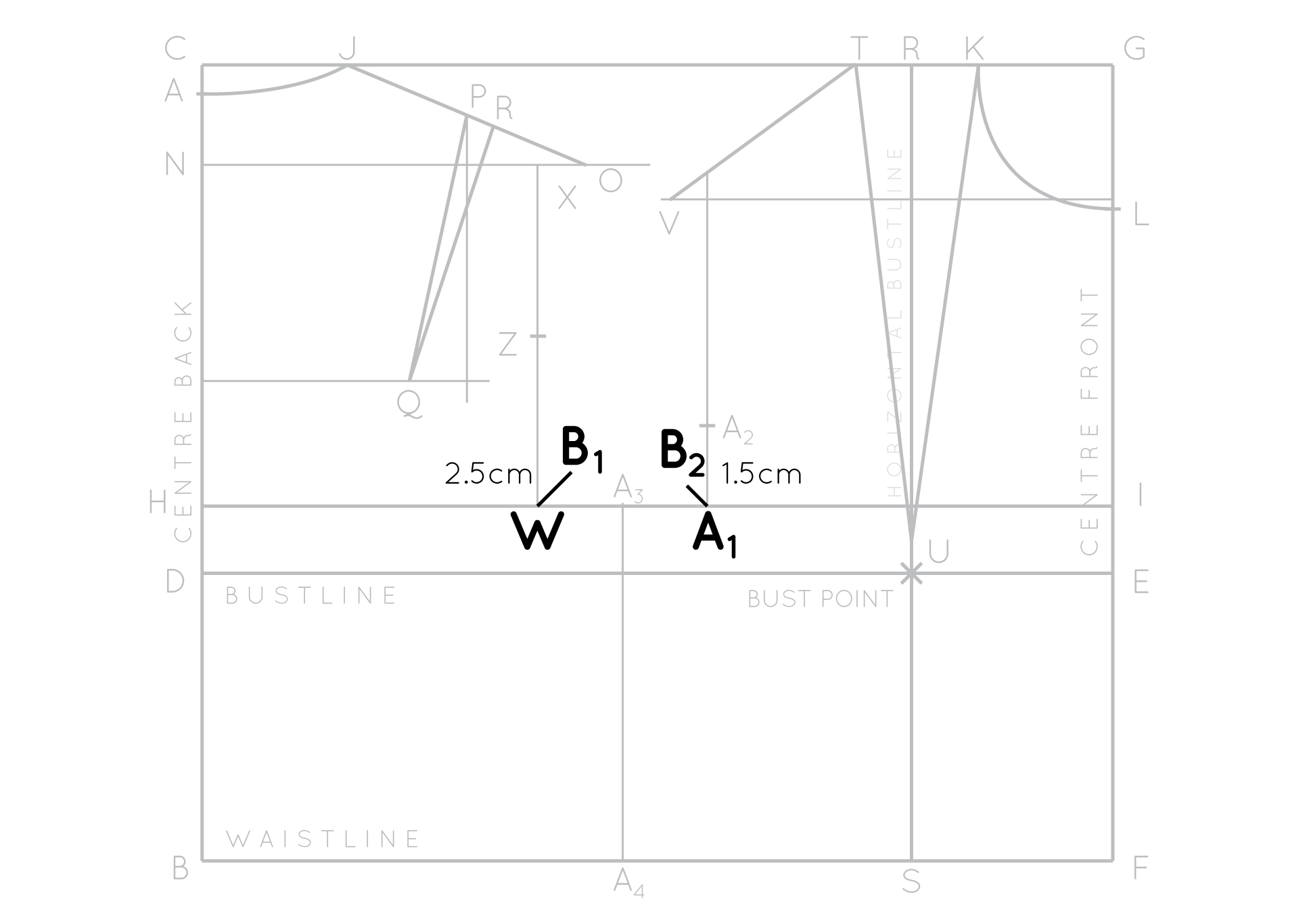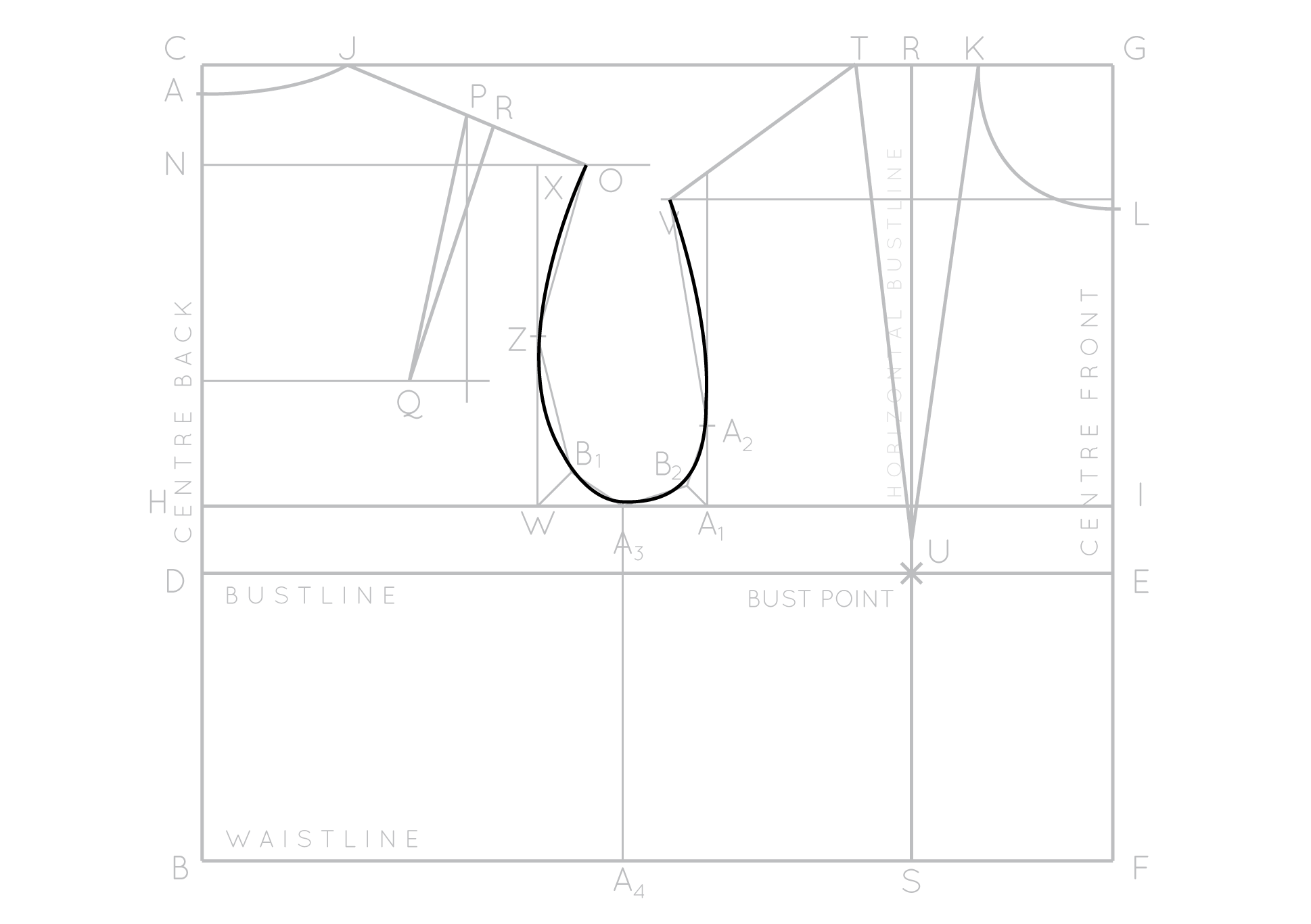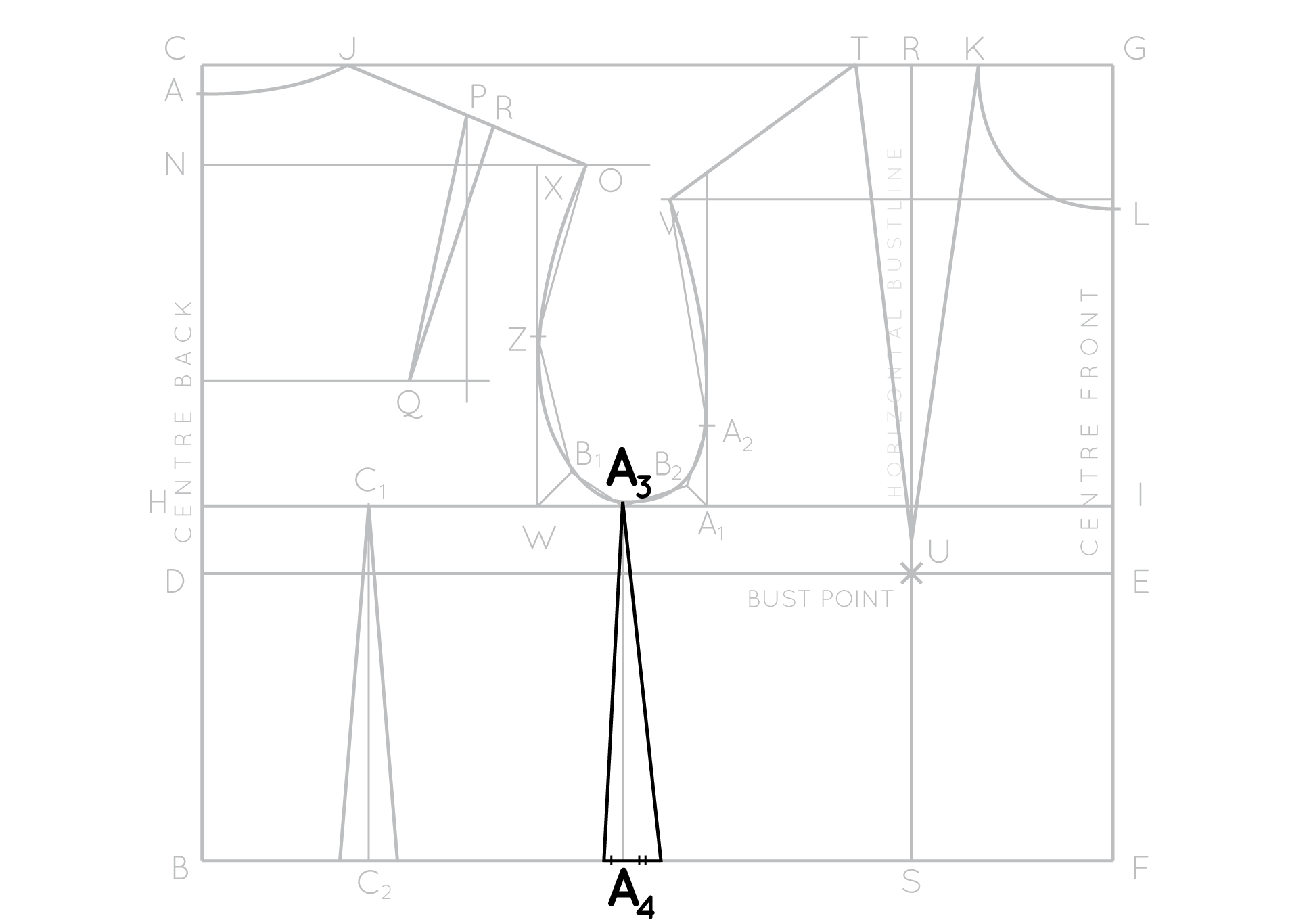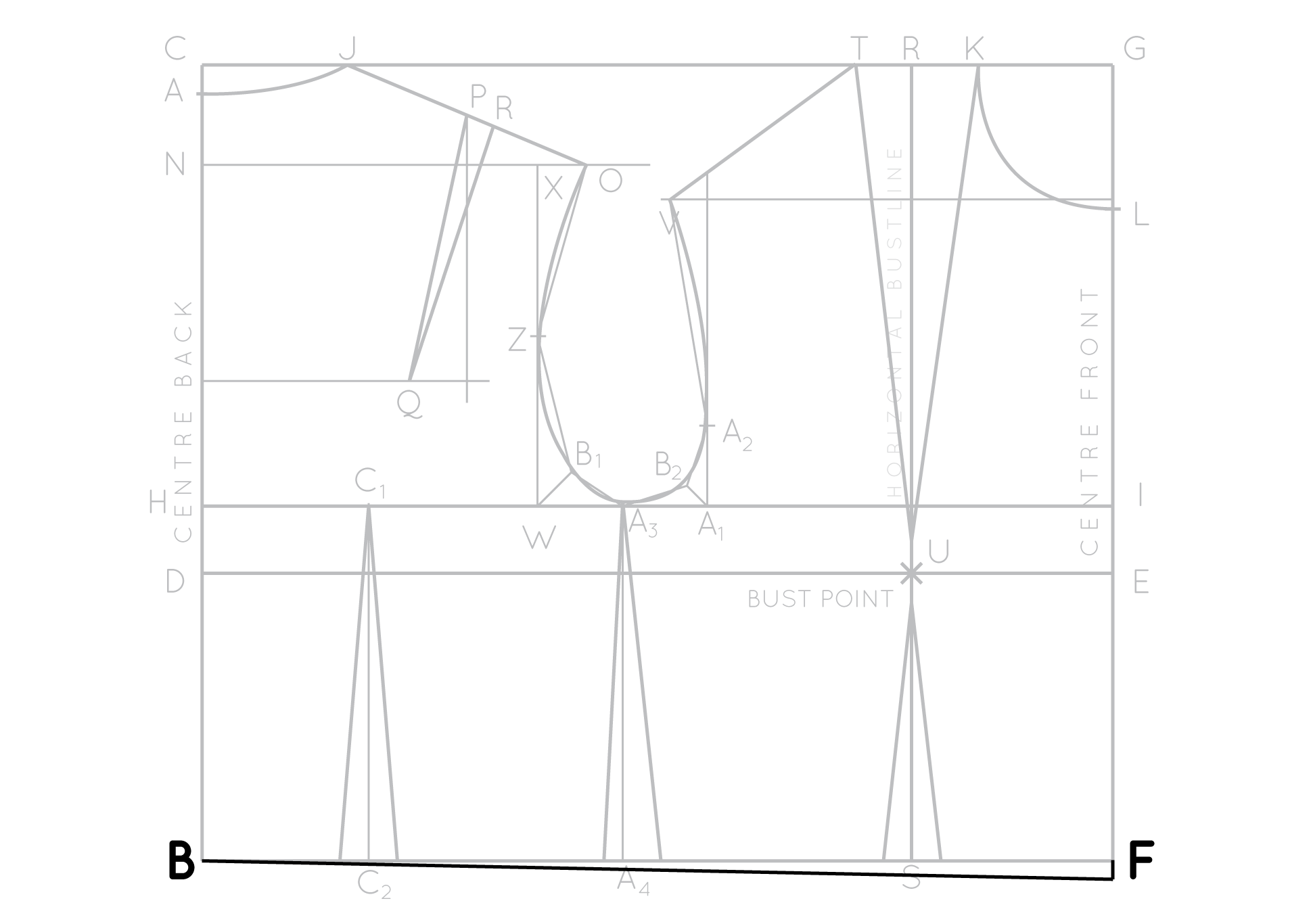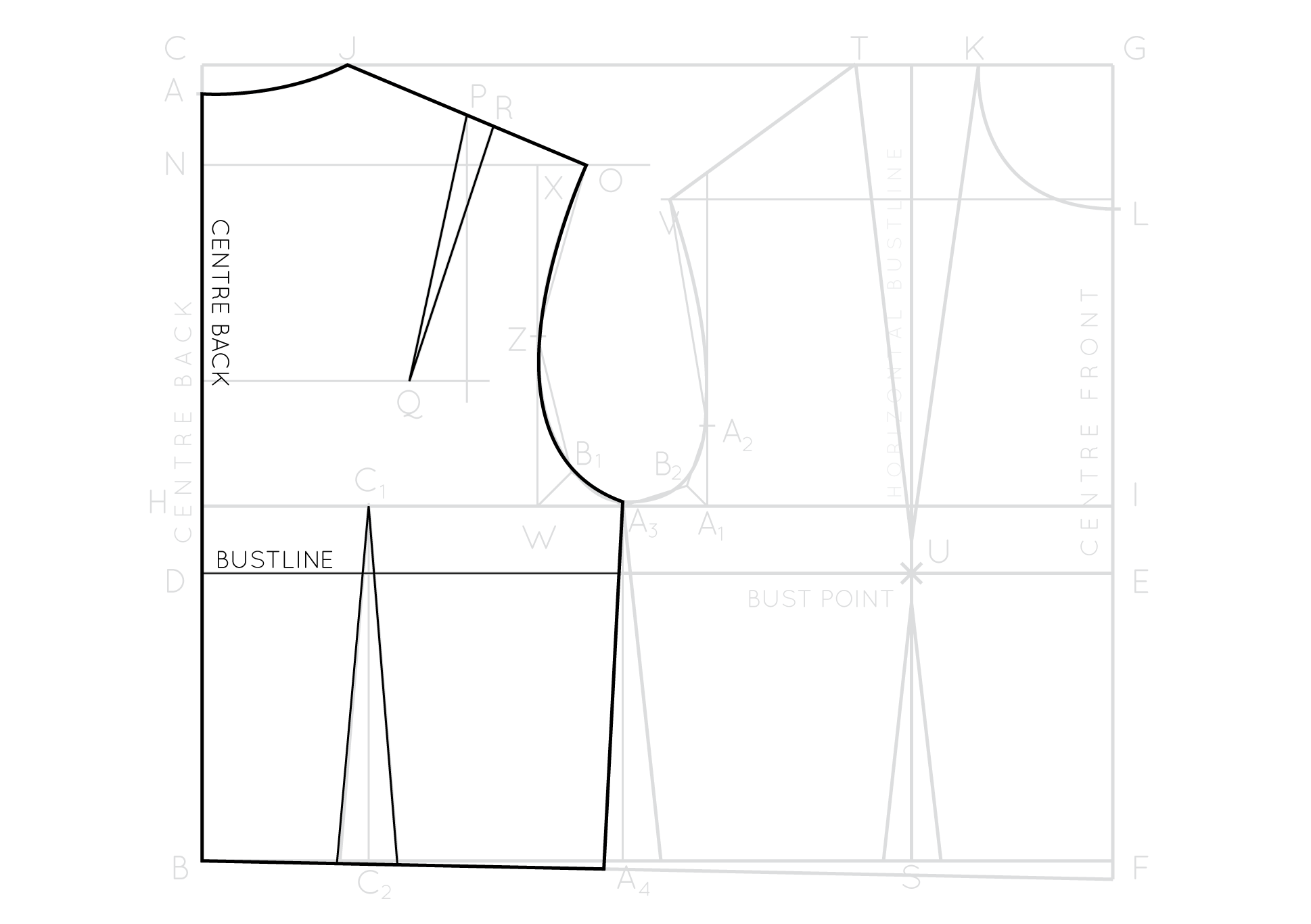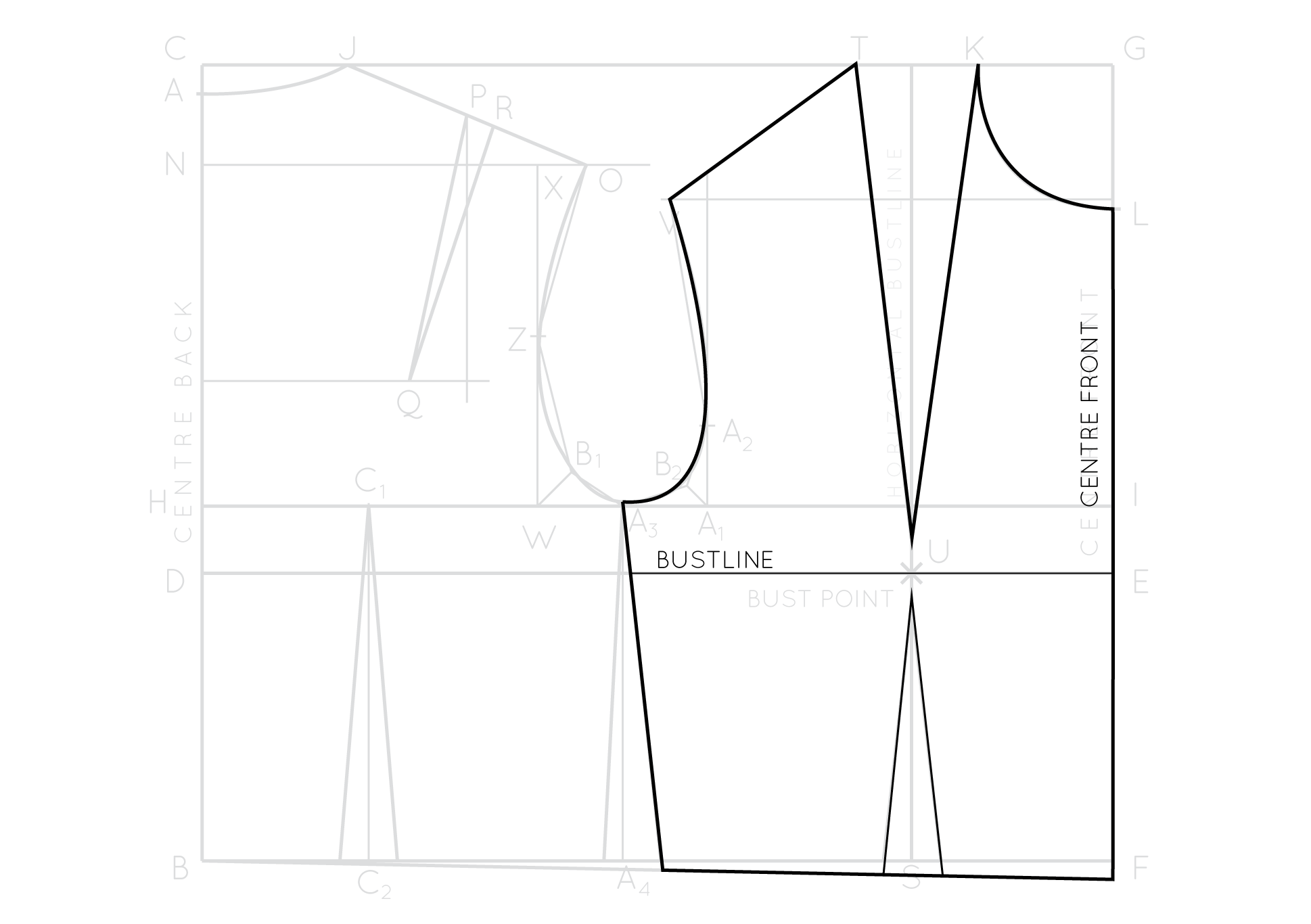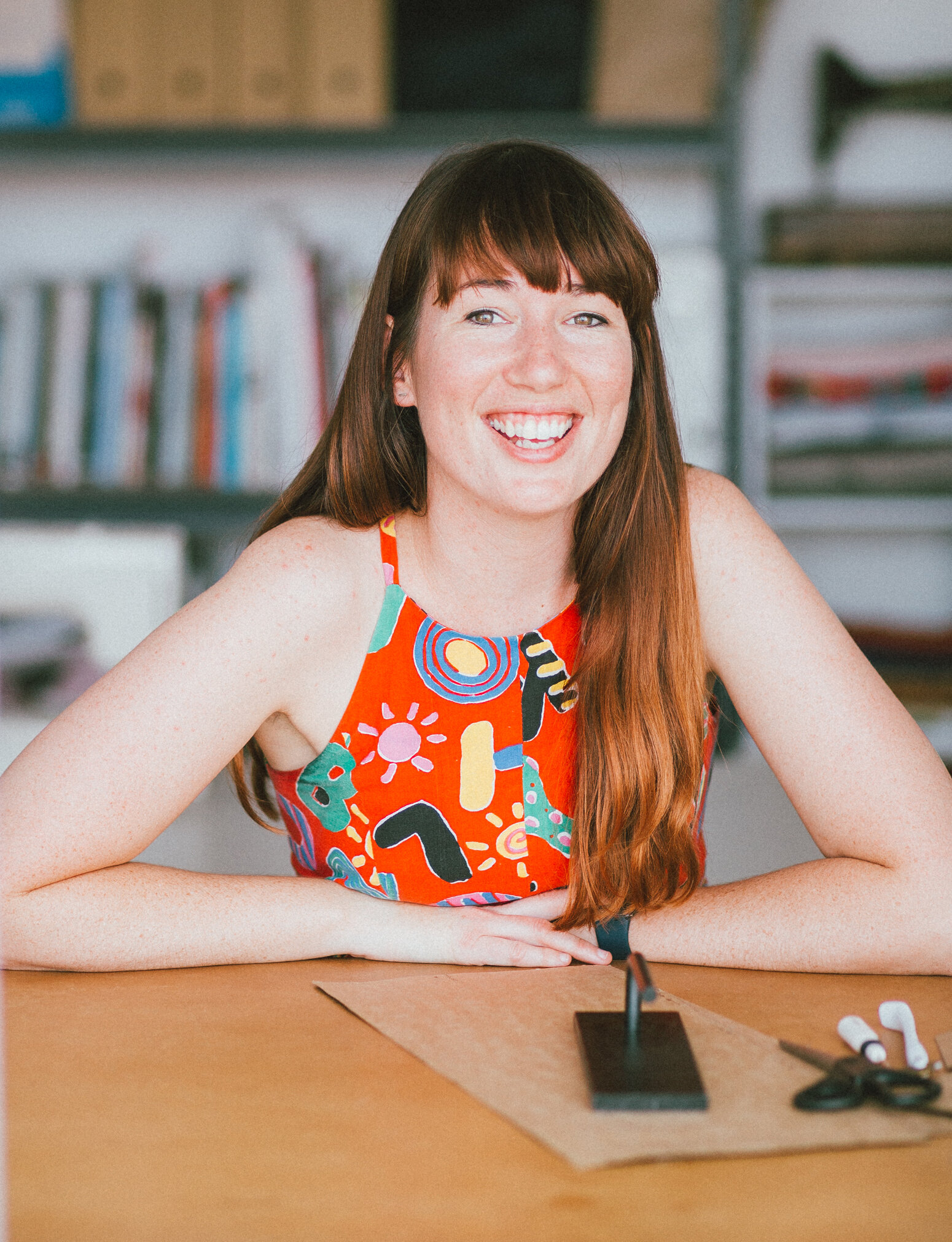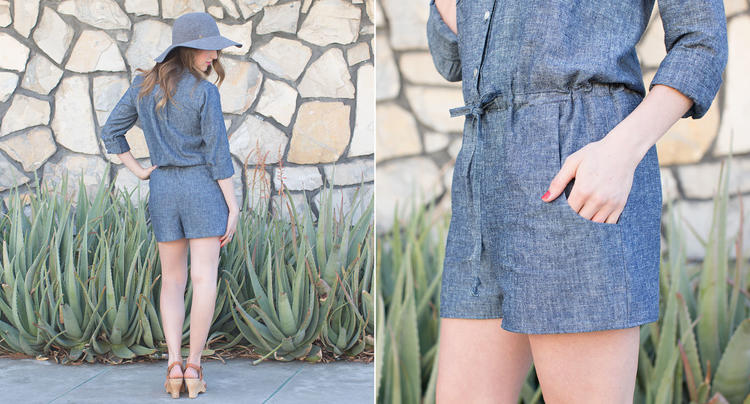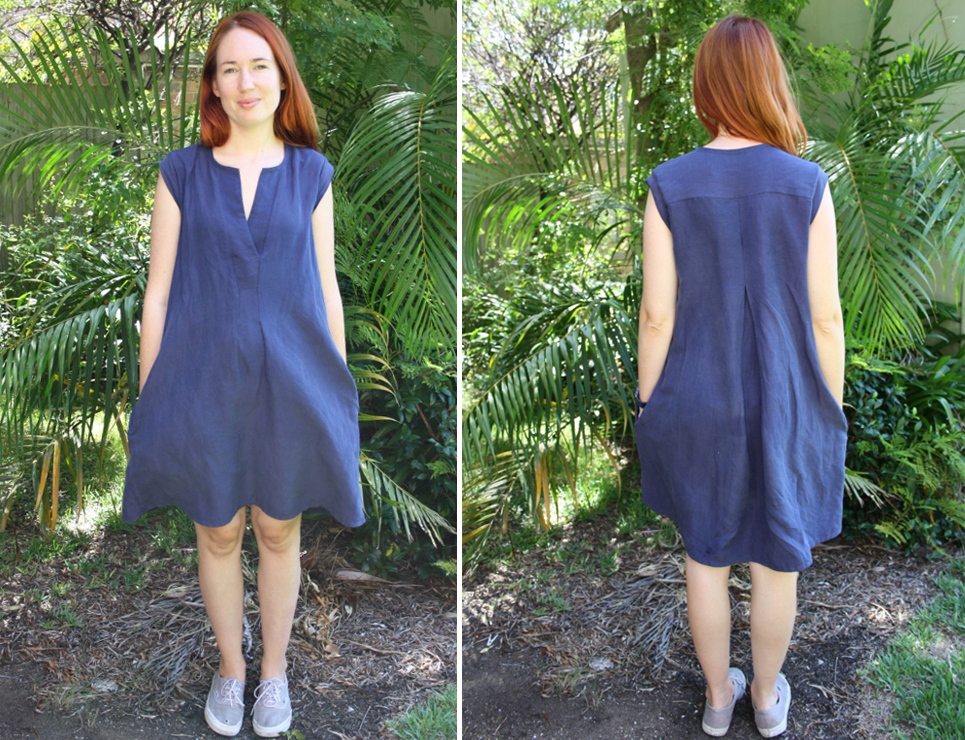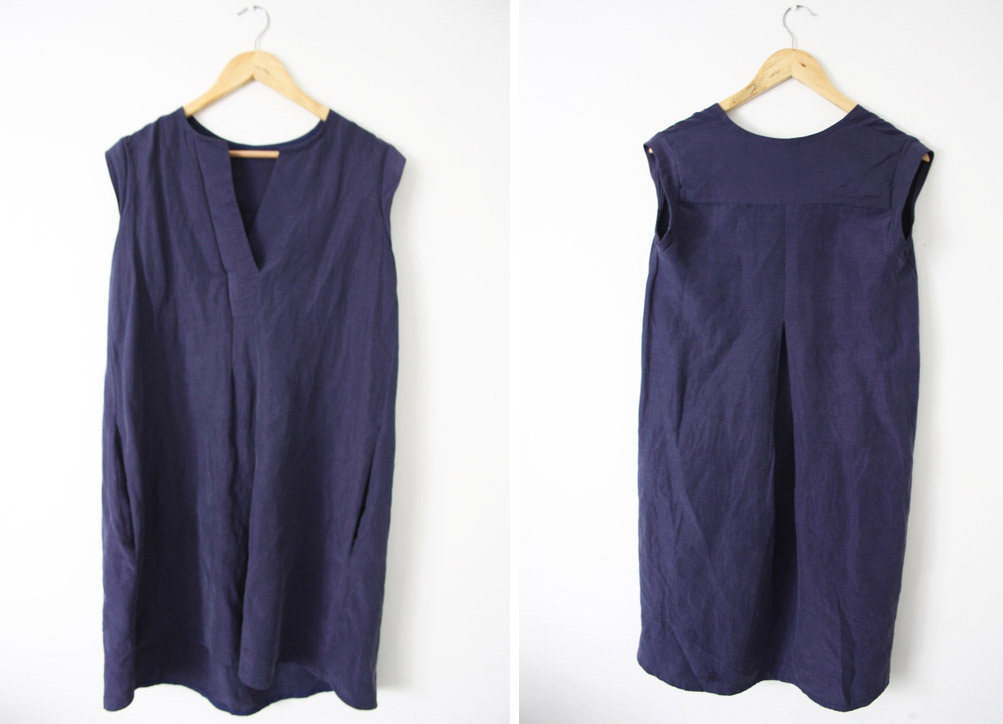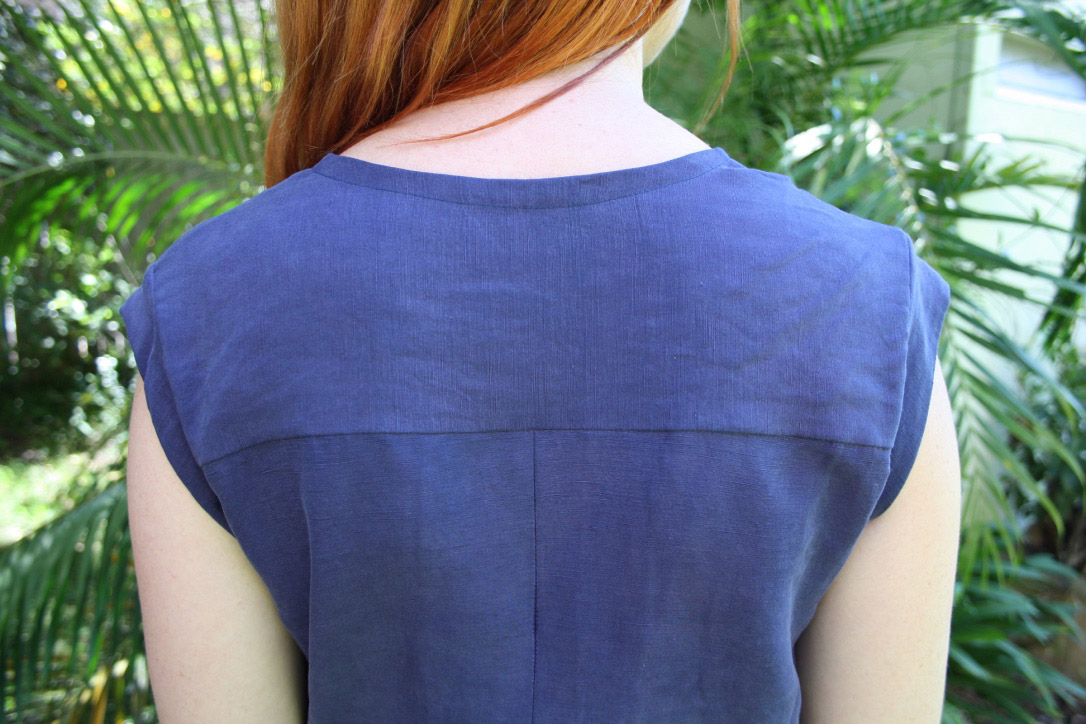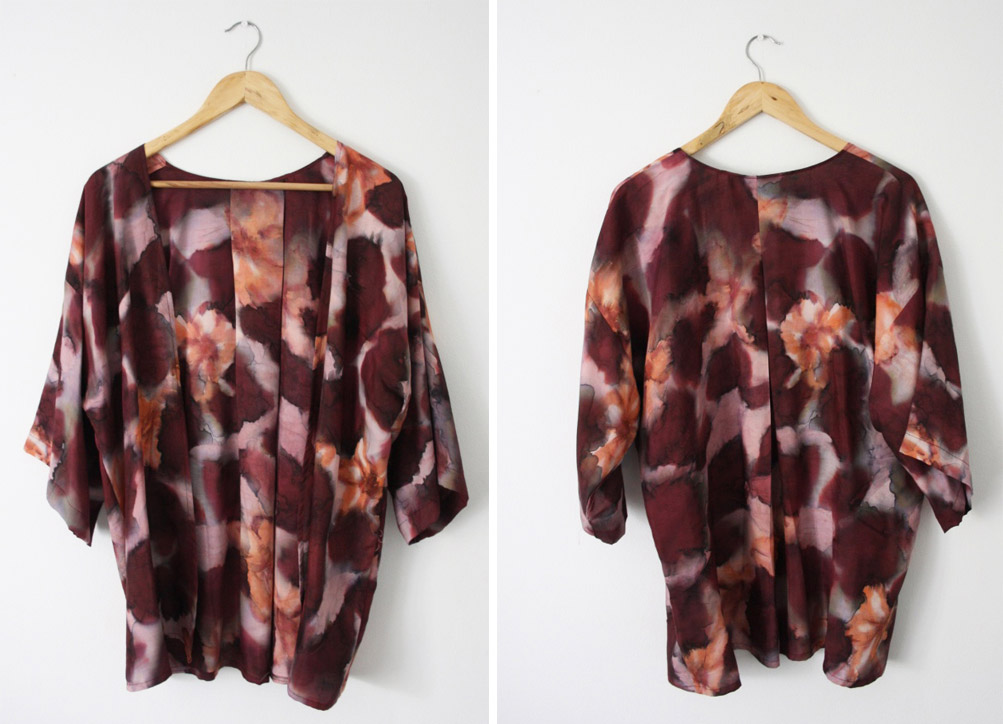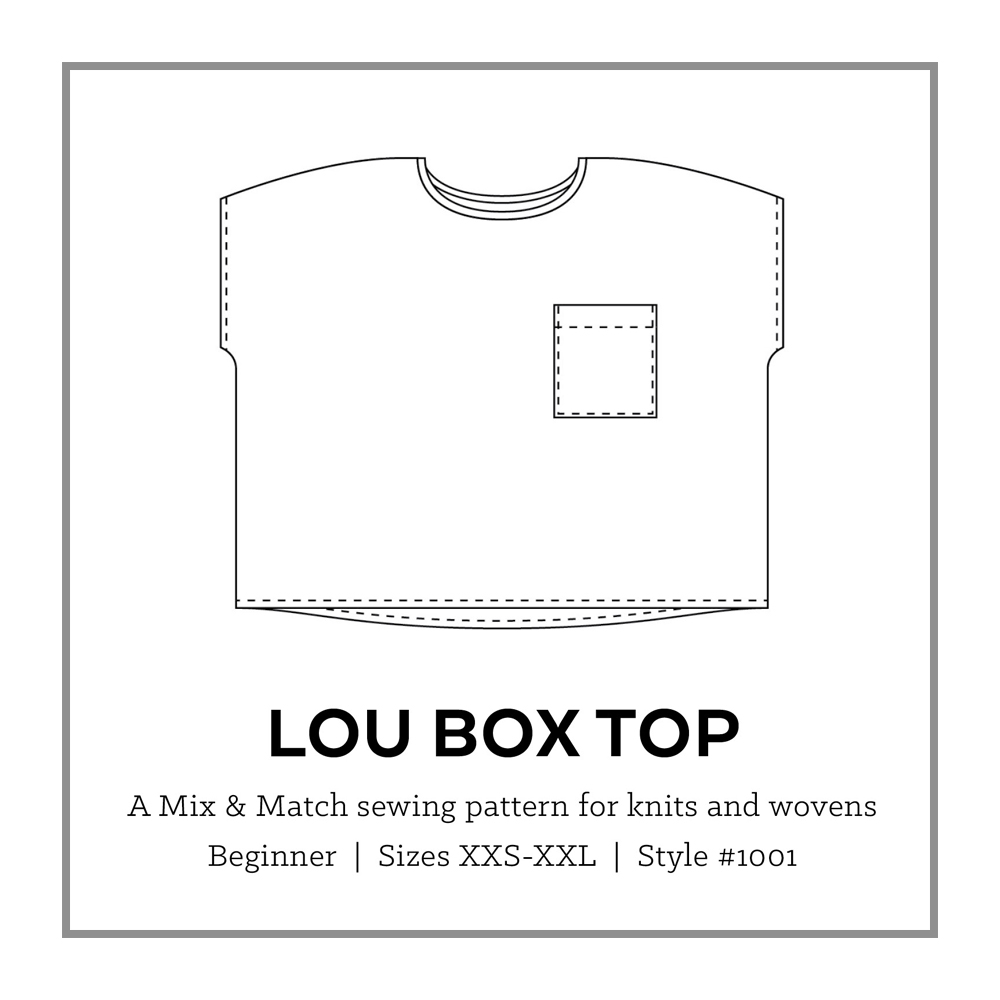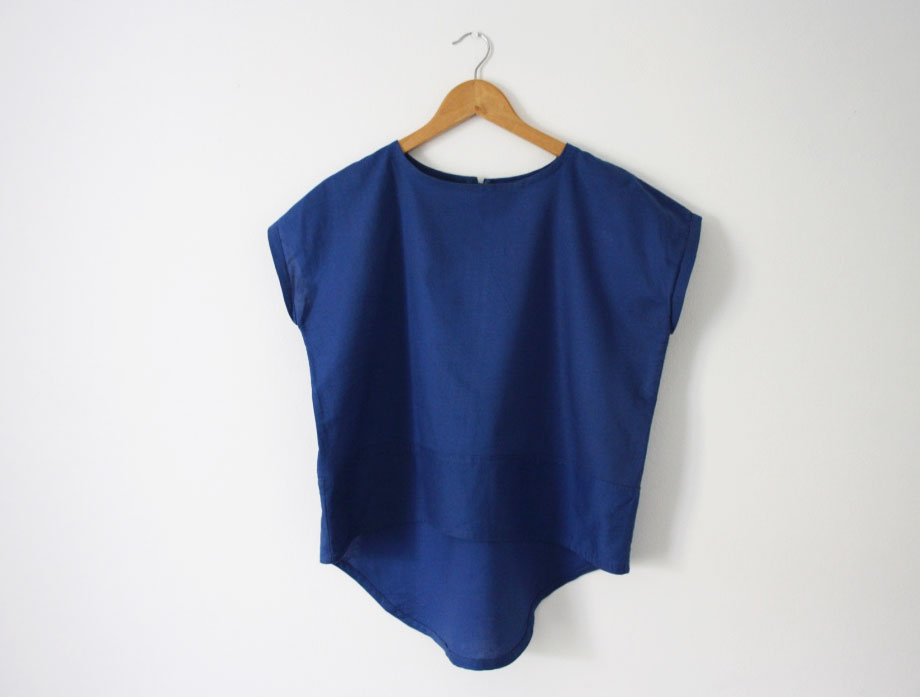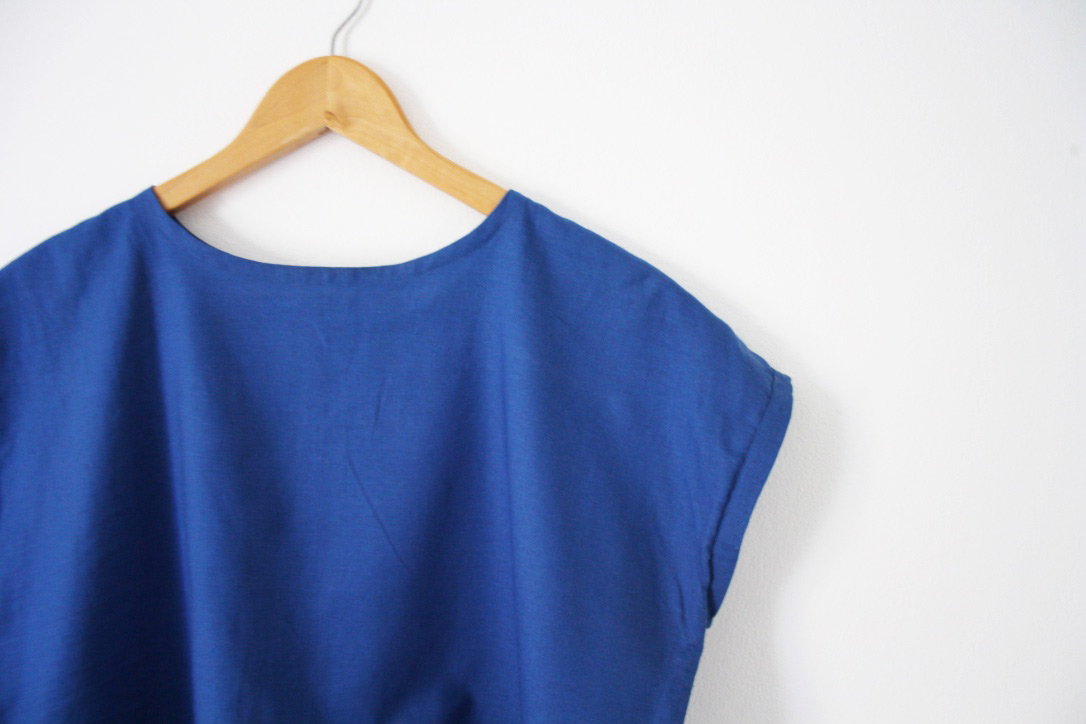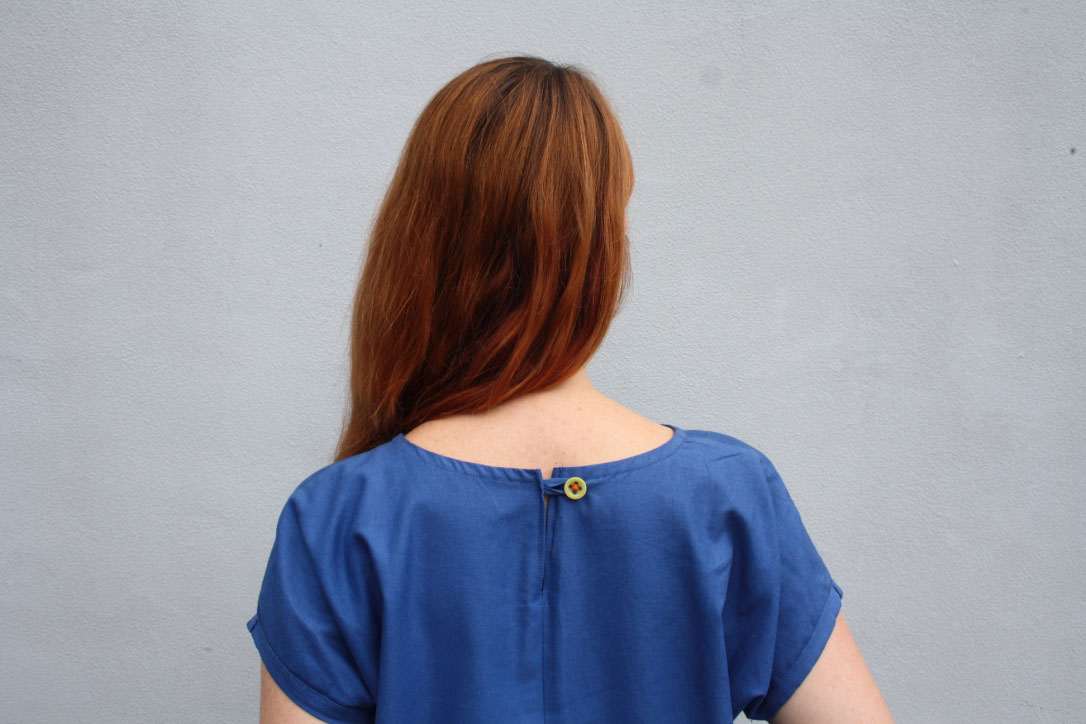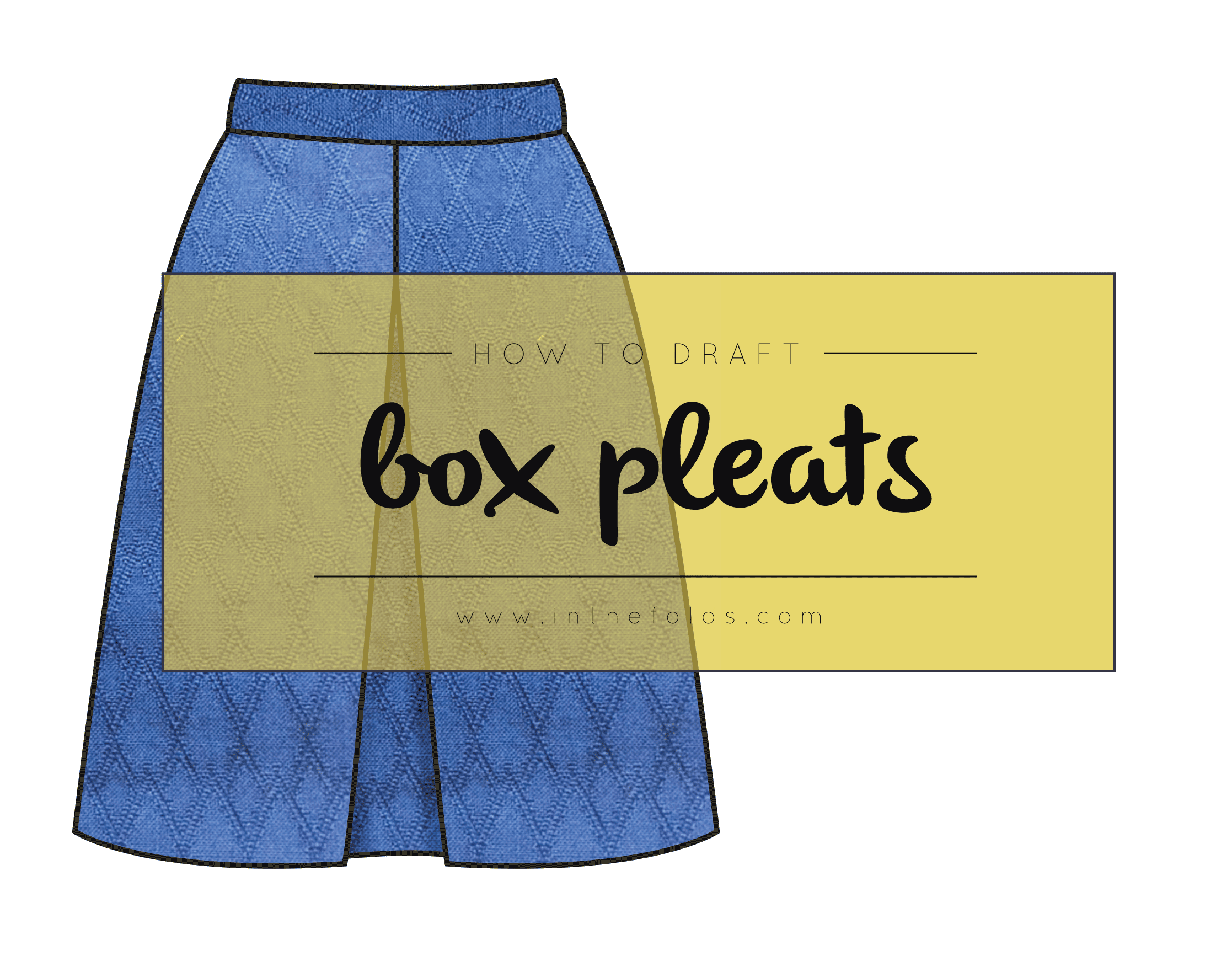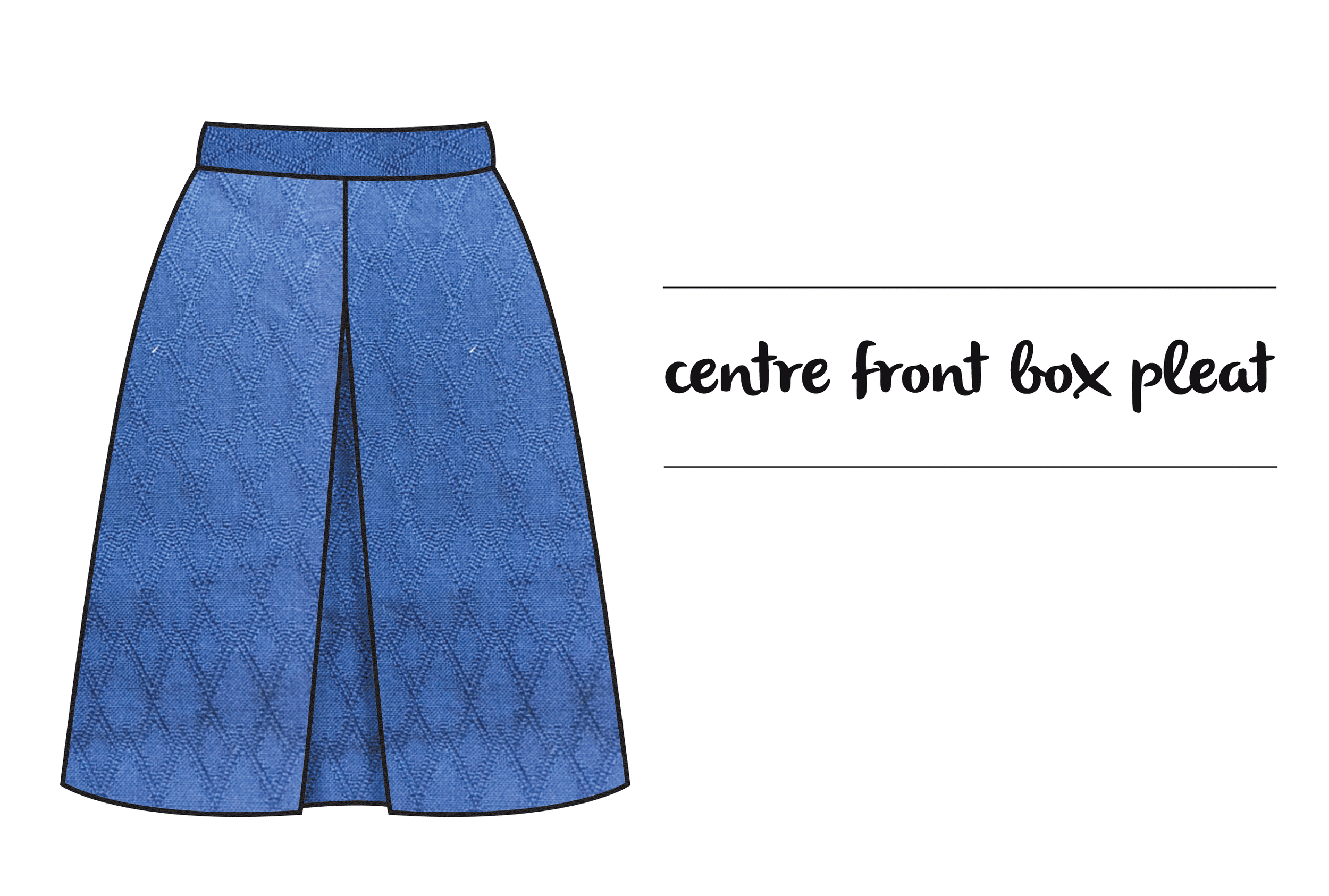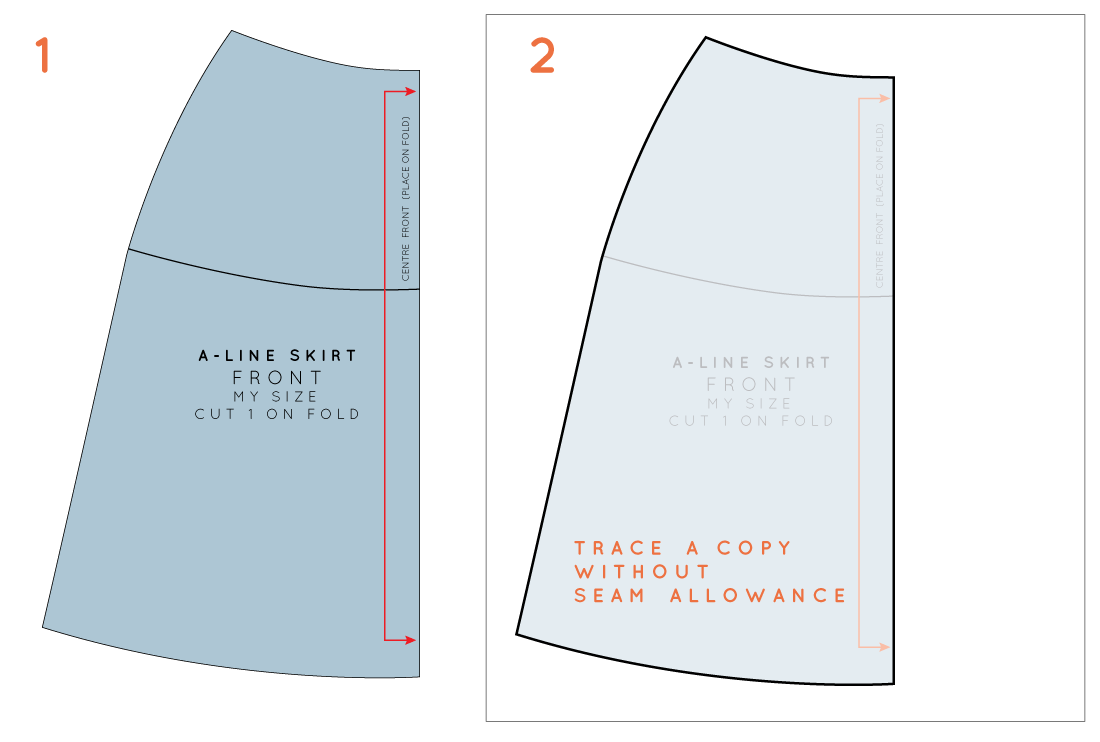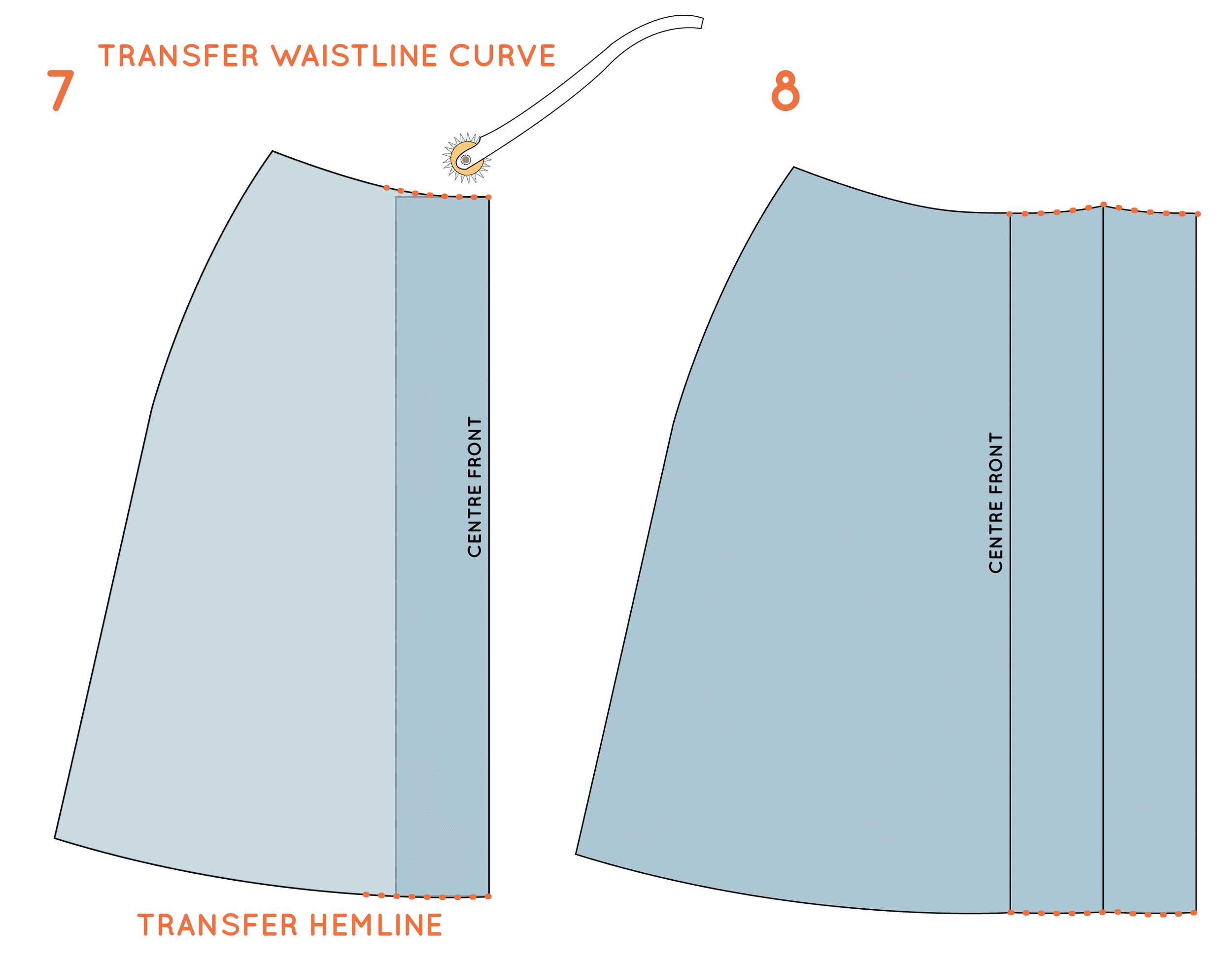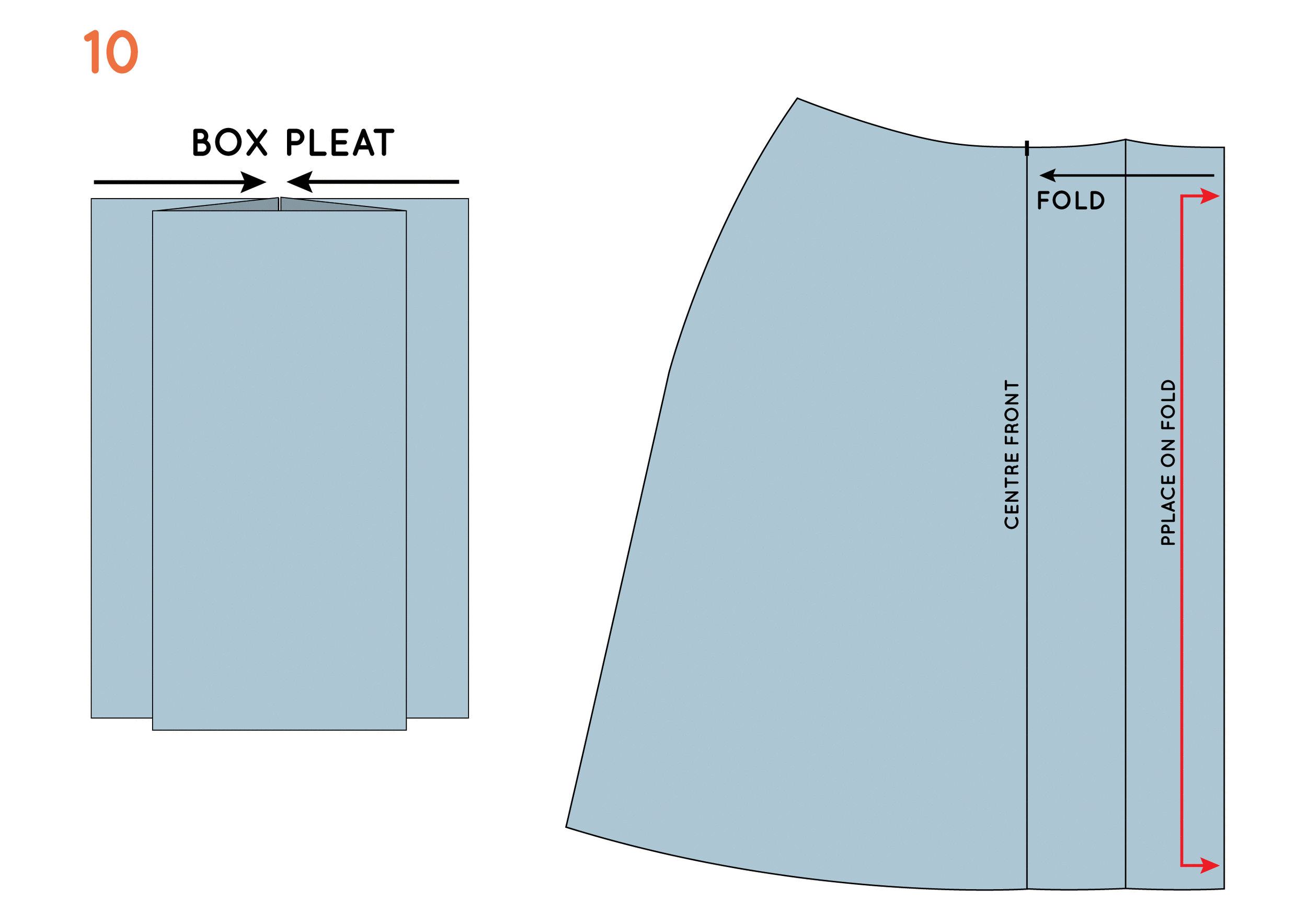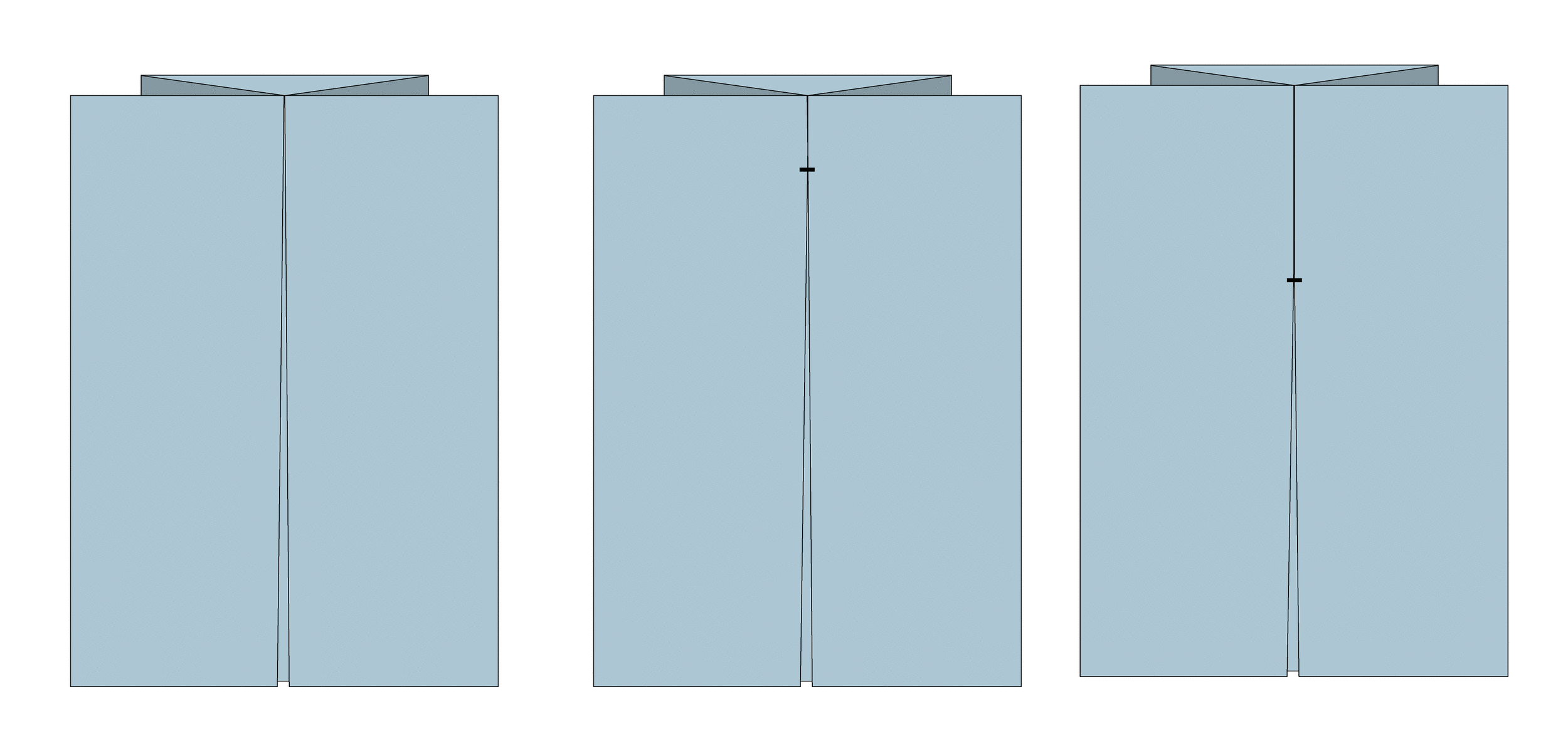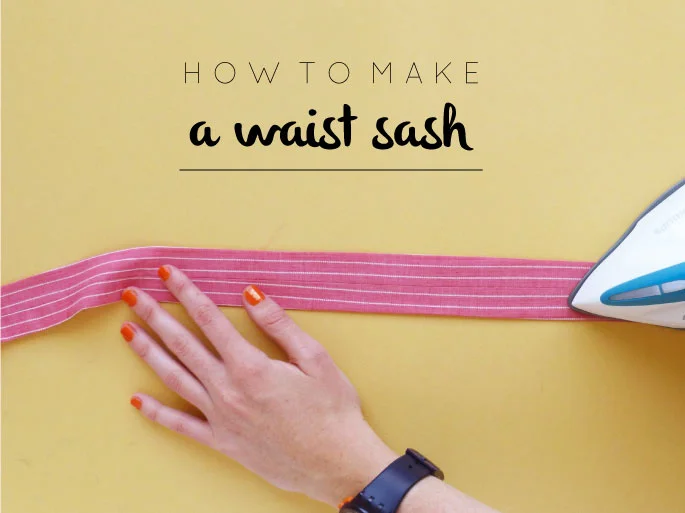I am very excited to be popping onto the blog today to let you know that we have just added a new pattern to the In the Folds in collaboration with Peppermint Magazine pattern family!
While we’re all going crazy for easy-wearing sack dresses, we thought it was about time we created one for you!
What is really fun about this design, is that you can wear it two different ways - depending on how you’re feeling / your style! The Everyday dress is a knee-length oversized reversible dress. One side of the dress has a soft v-neck, while the other has a round neck. The dress features relaxed boxy sleeves, inseam pockets, hem splits and an optional waist tie. A neck facing is used to finish the neckline, which gives a beautiful and clean finish, as well as a lovely detail on the neckline.
The pattern is available in 10 sizes (approximately AU size 6 - 24) and comes as a layered PDF so you can just download the size that you need. More information about In the Folds sizing can be found here.
Through the creation of this garment you will gain confidence in:
sewing with woven fabrics
sewing in-seam pockets
sewing facings
sewing a hem split
As always, the instructions are very detailed, so I’ll be there to hold your hand every step of the way!
The Everyday dress is compatible with light to mid-weight fabrics. Consider using: cotton, linen, viscose / rayon, chambray or silk. We used smoke chambray linen from The Fabric Store for ours.
Please note: due to the width of the pattern pieces, you will need to use 150cm (60in) wide fabric (or wider).
The pattern can be downloaded in both A4 and A0 format. This is a great pattern for advanced beginners and beyond.
I’d love to hear what you think!
Happy sewing lovely people.

